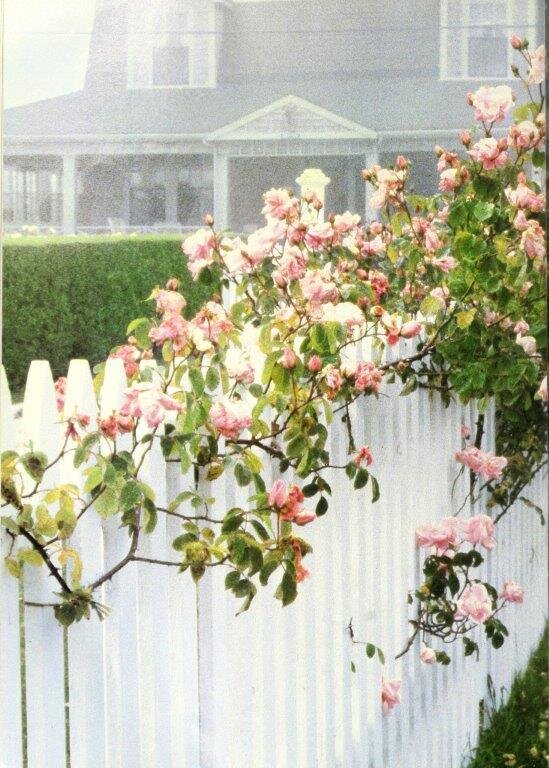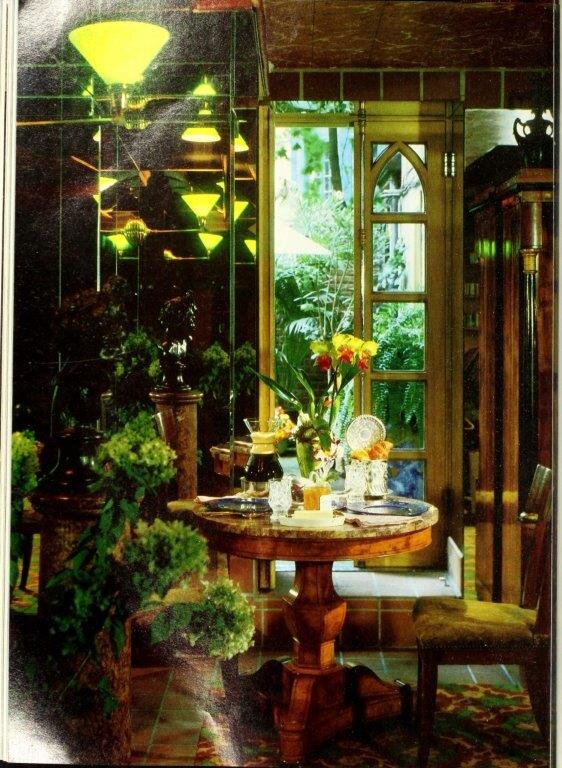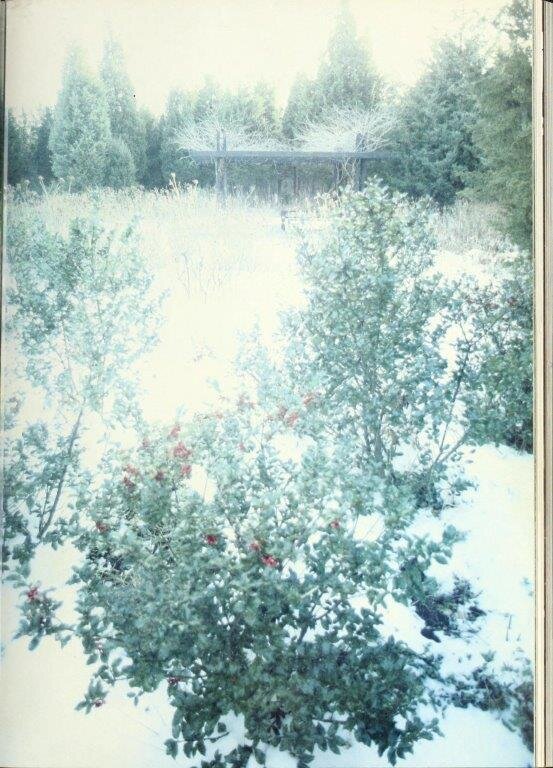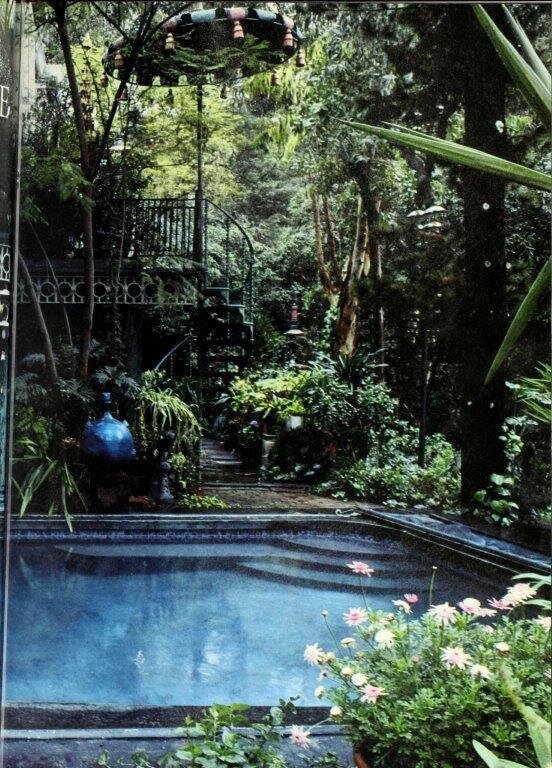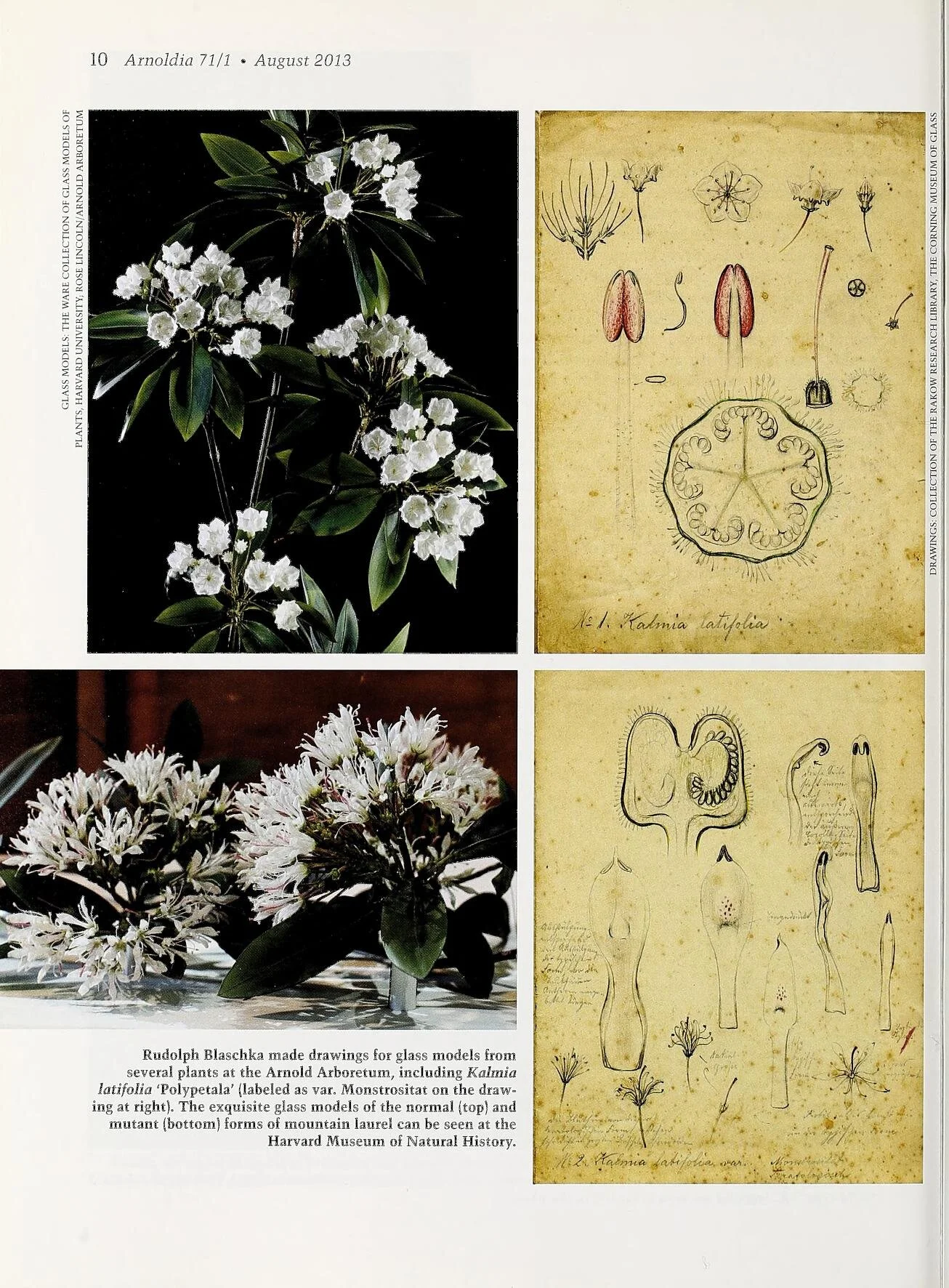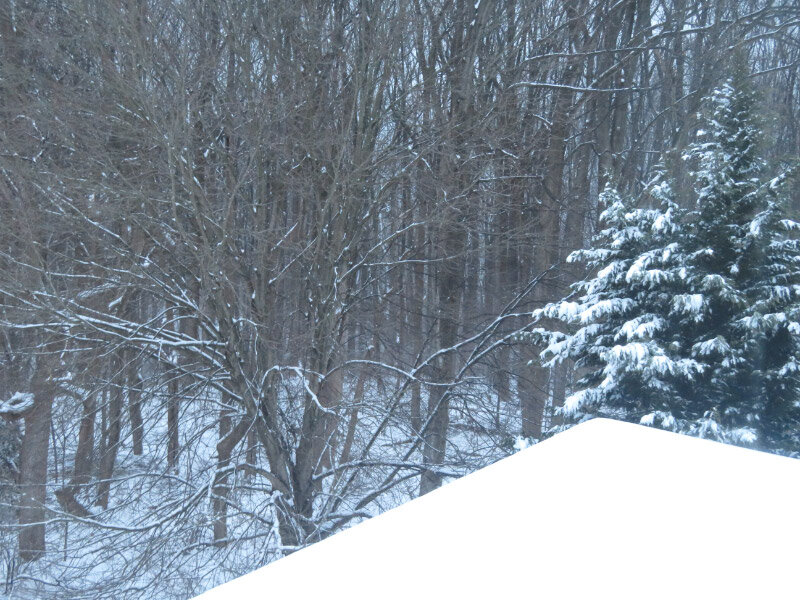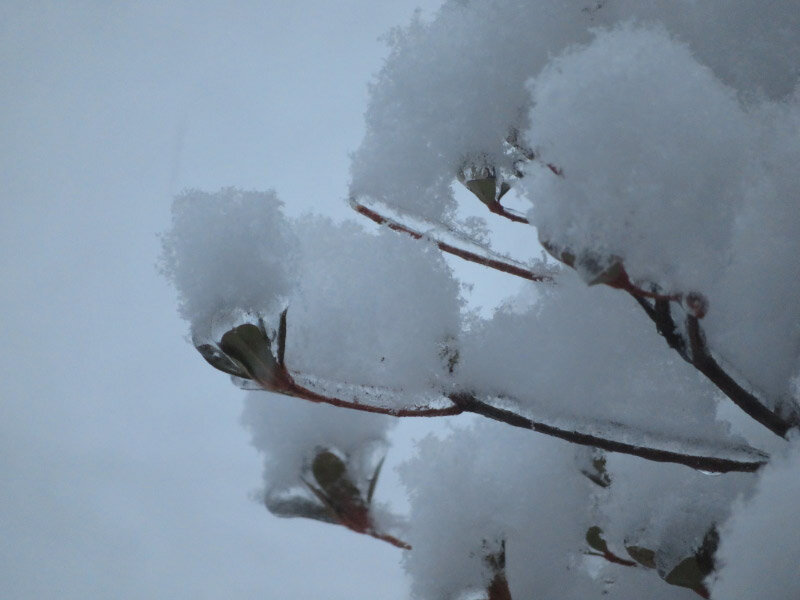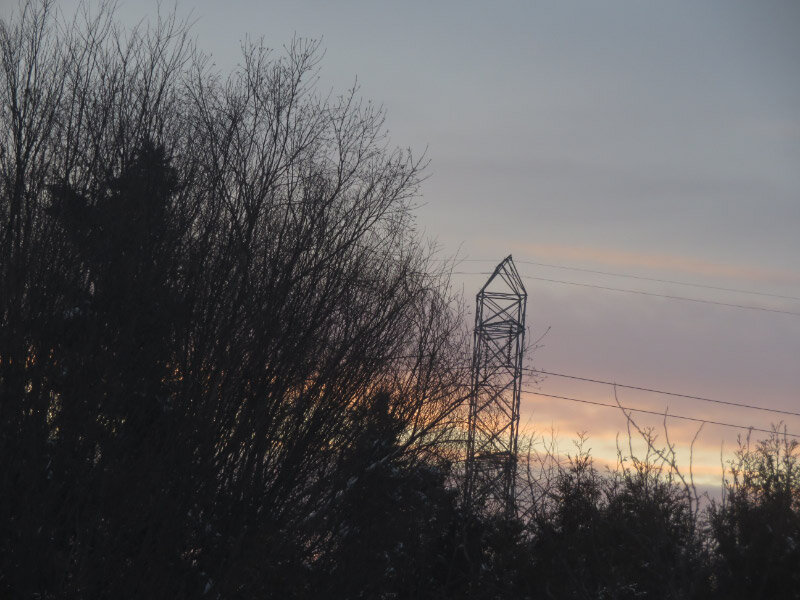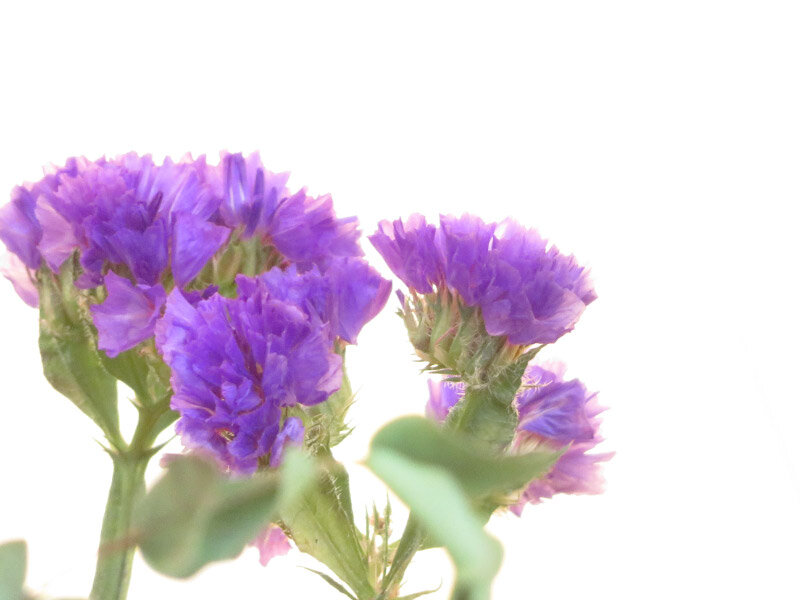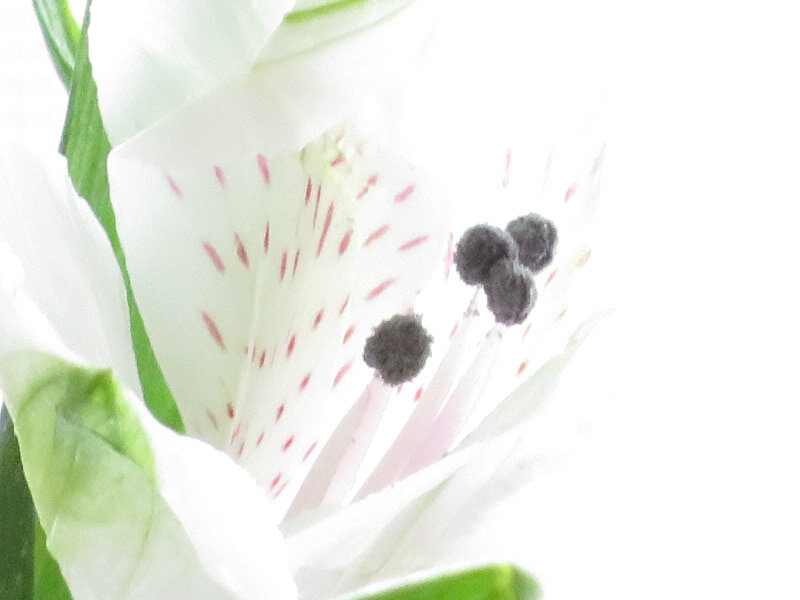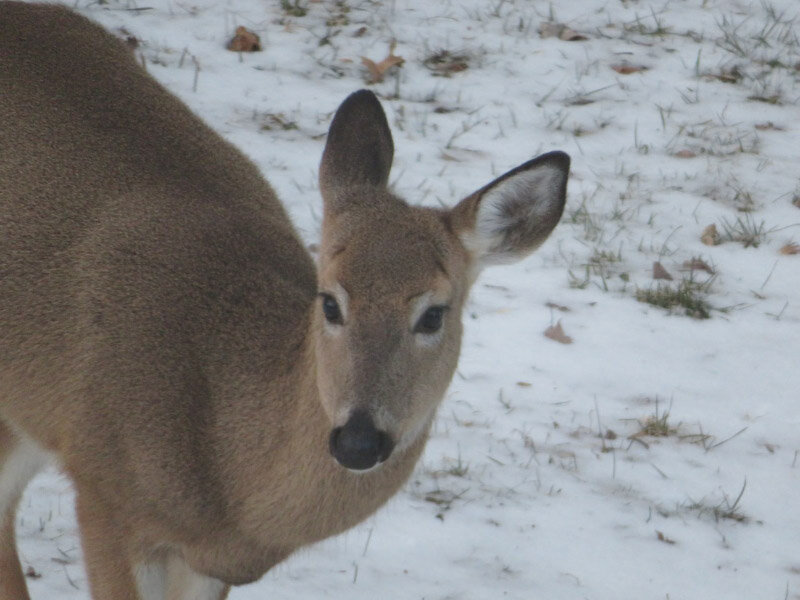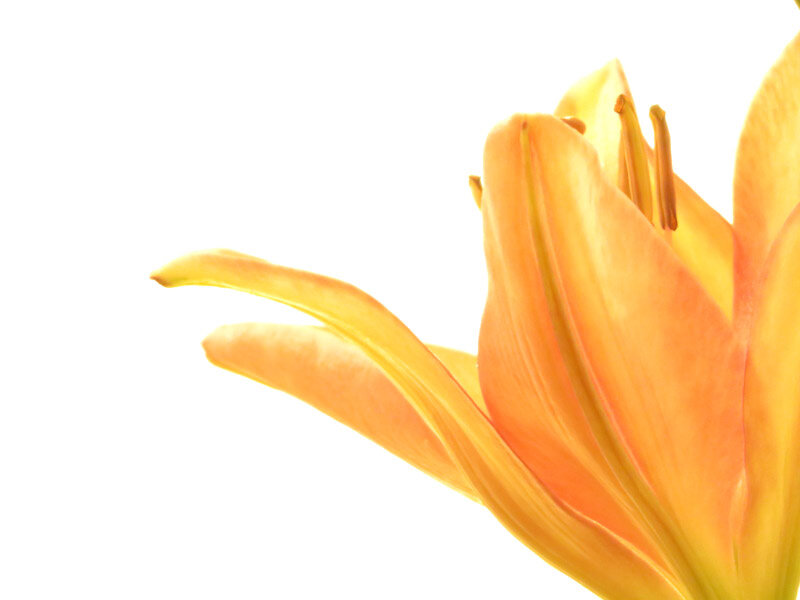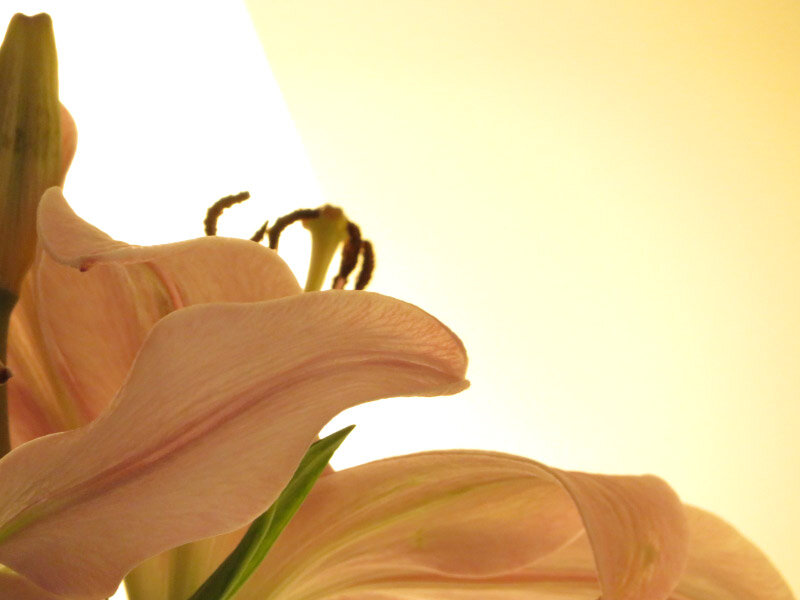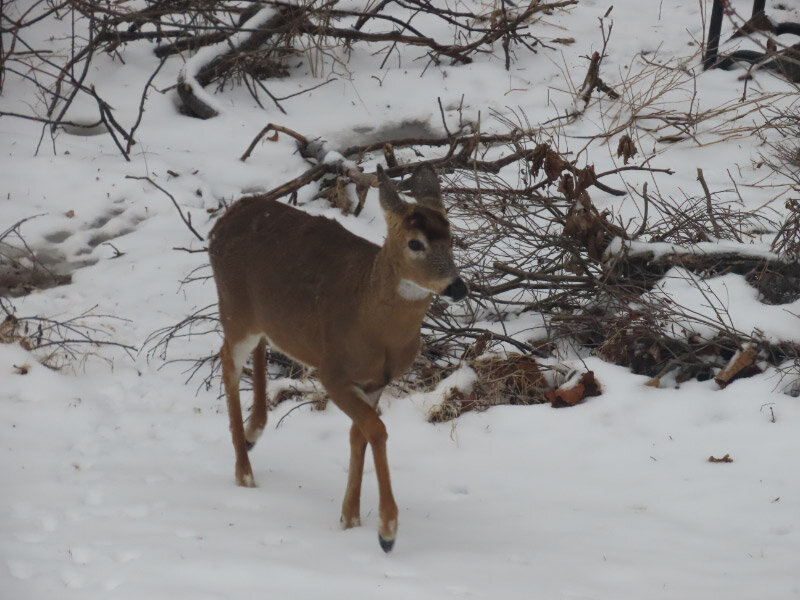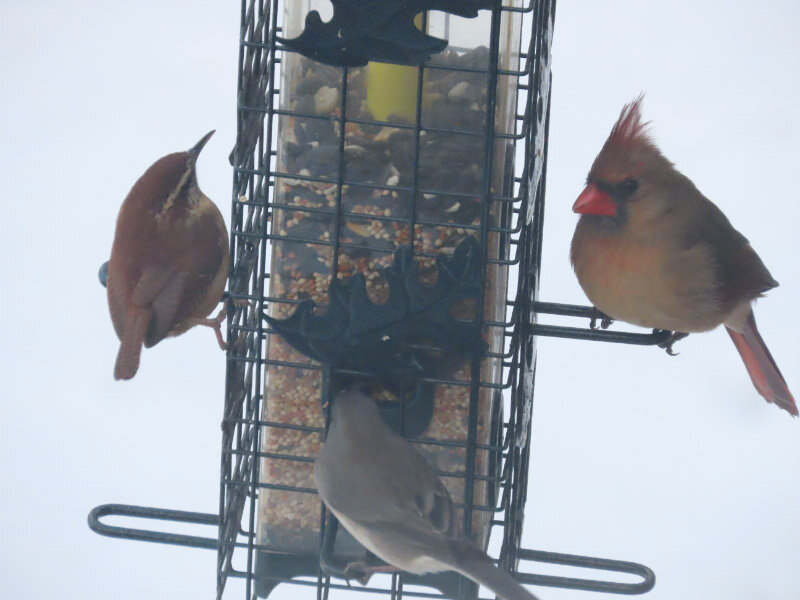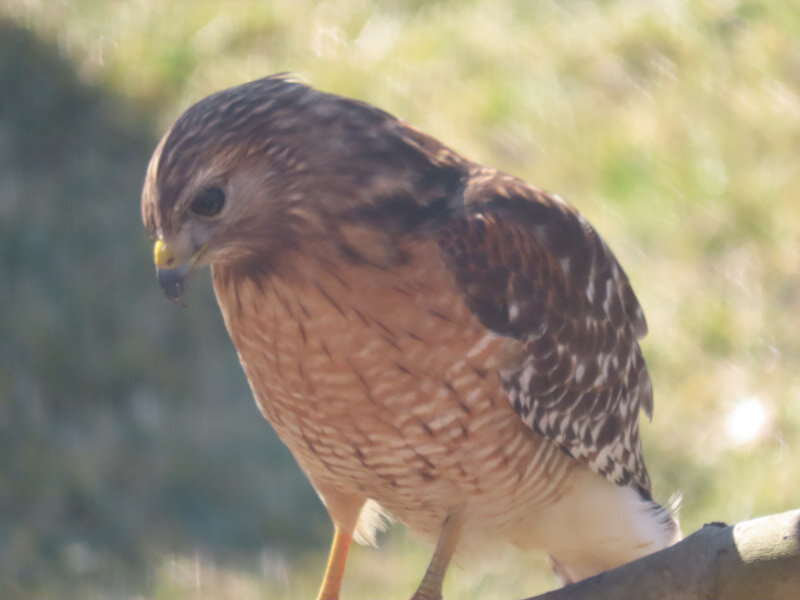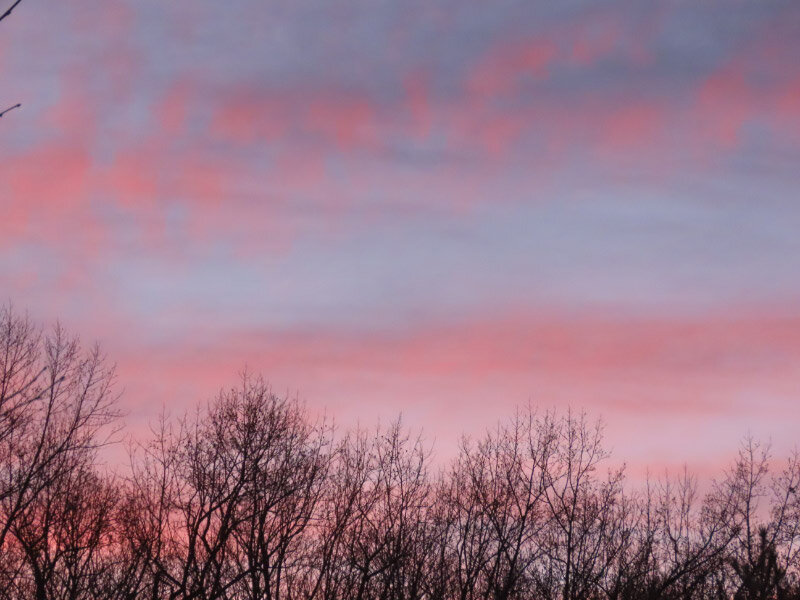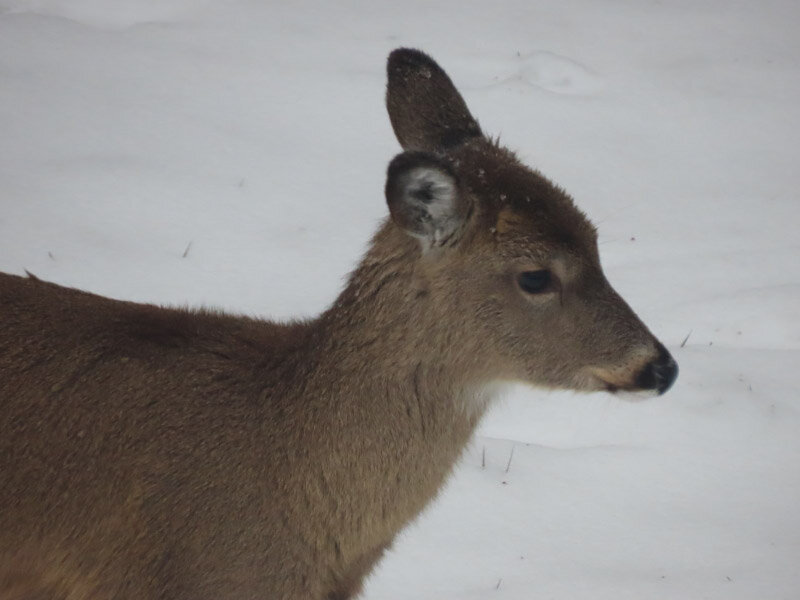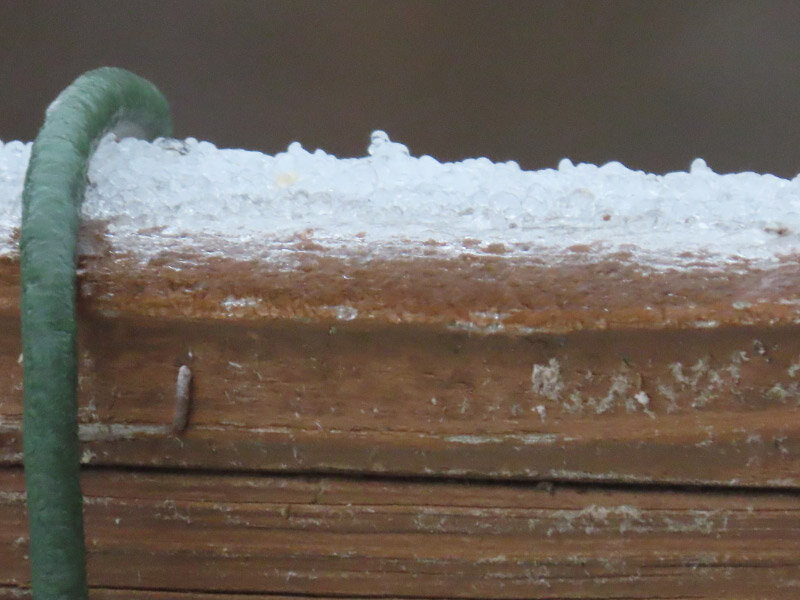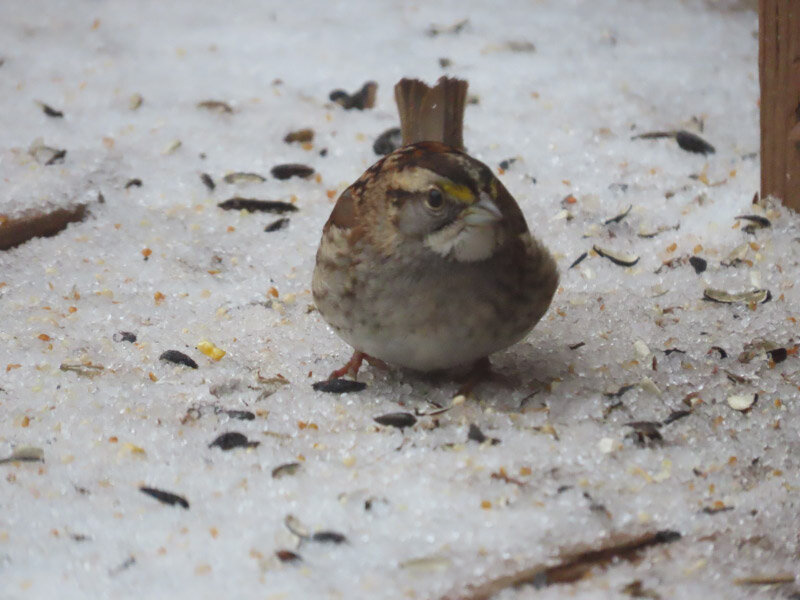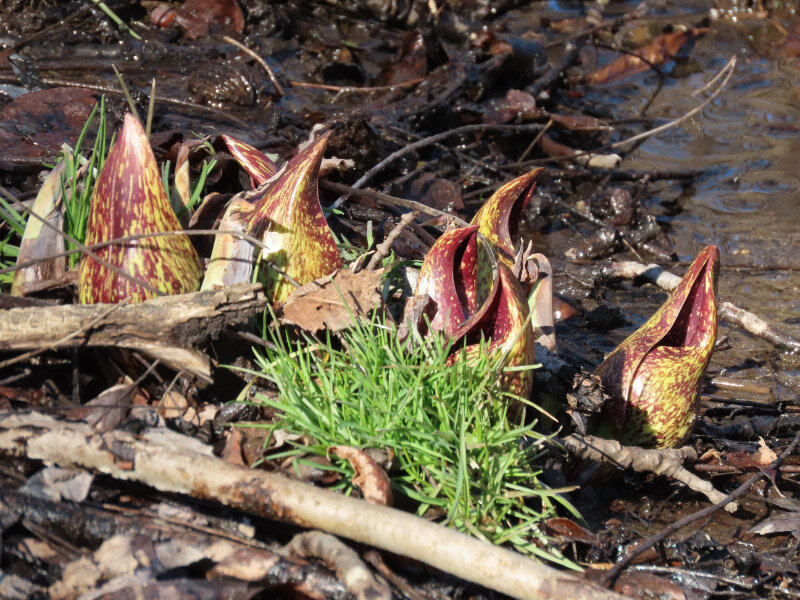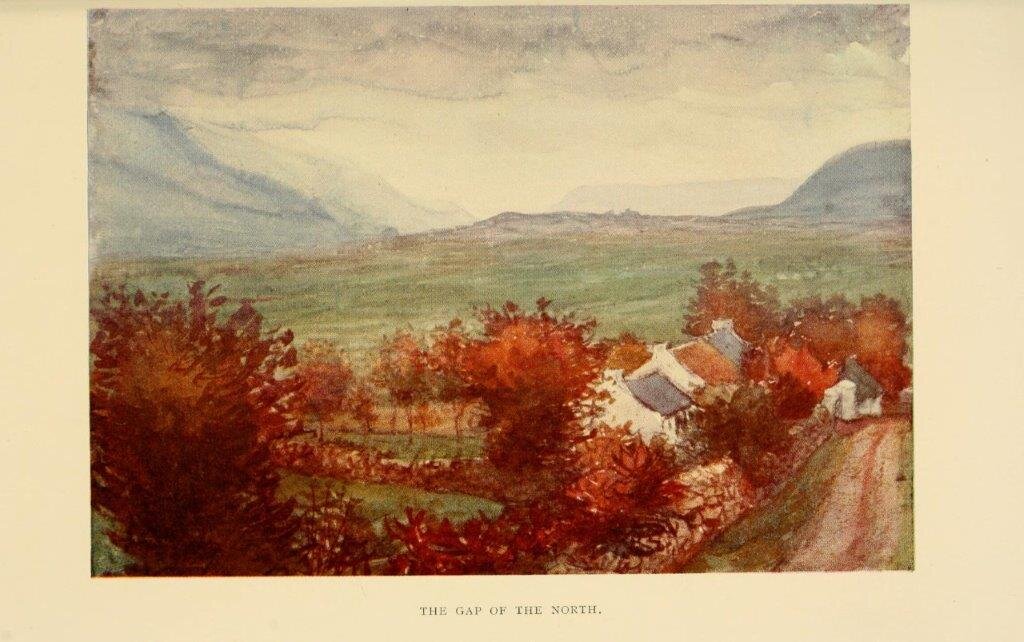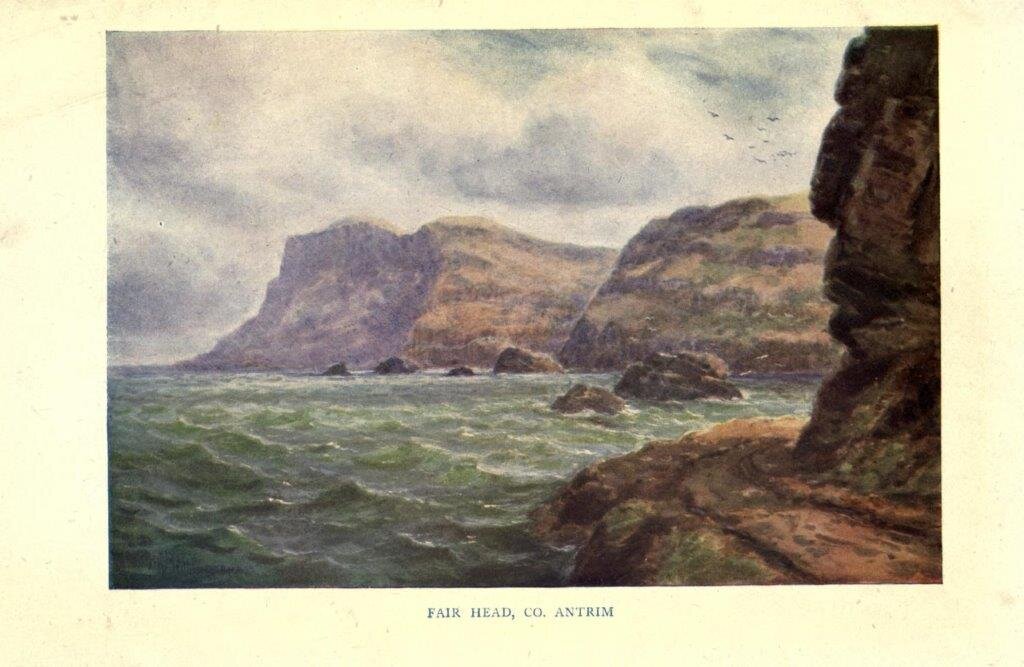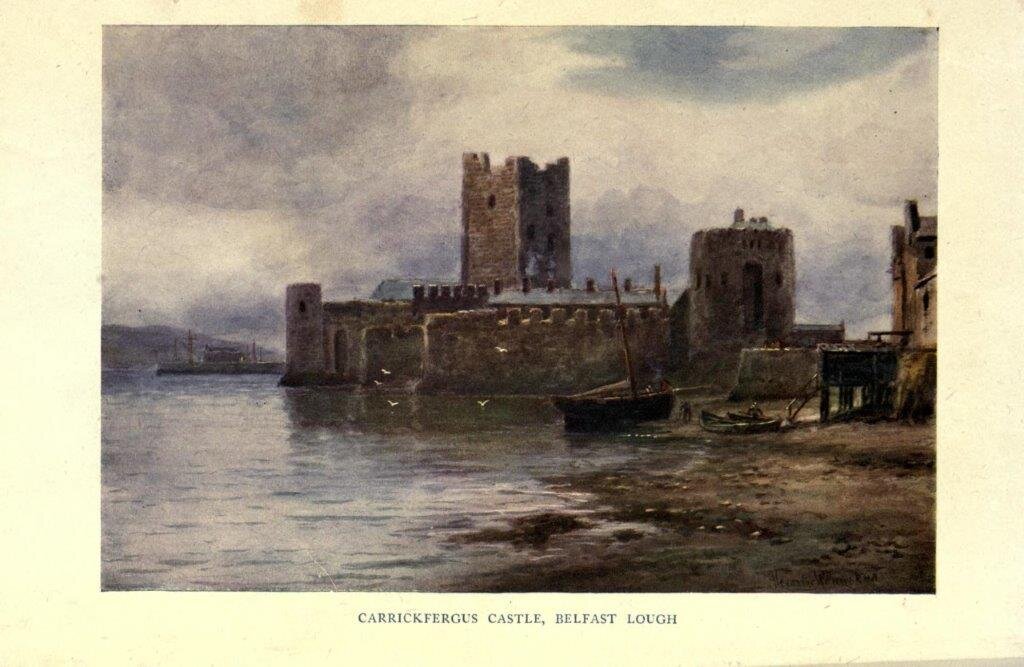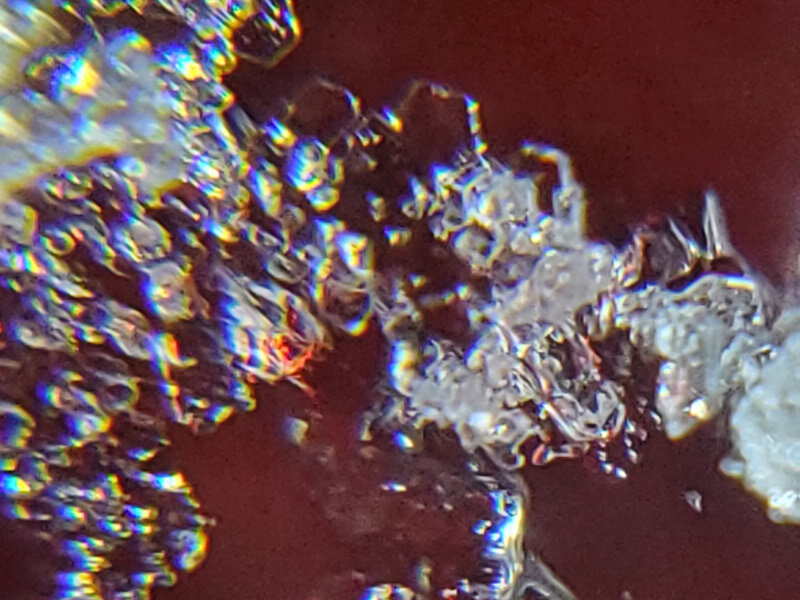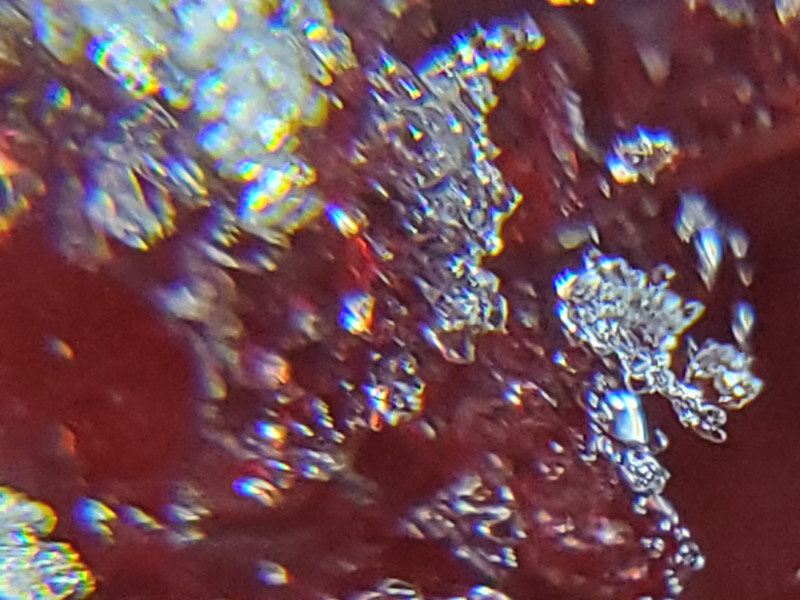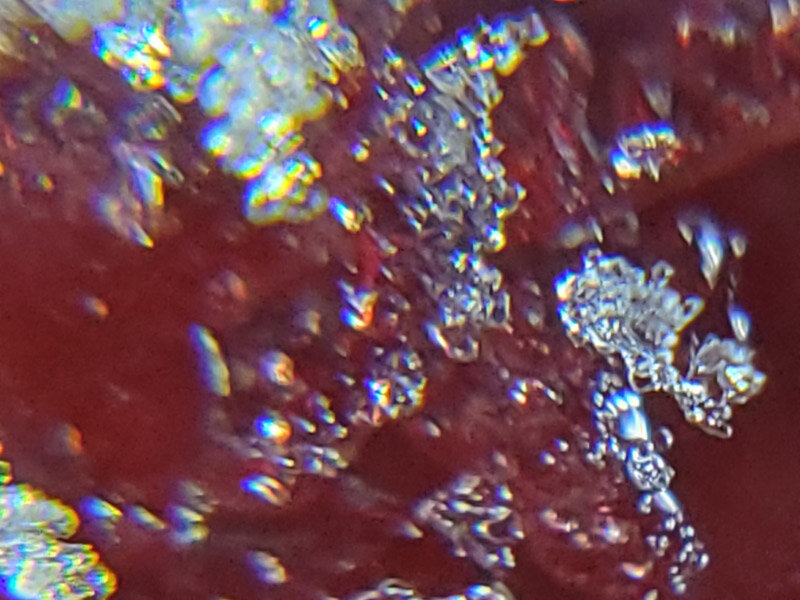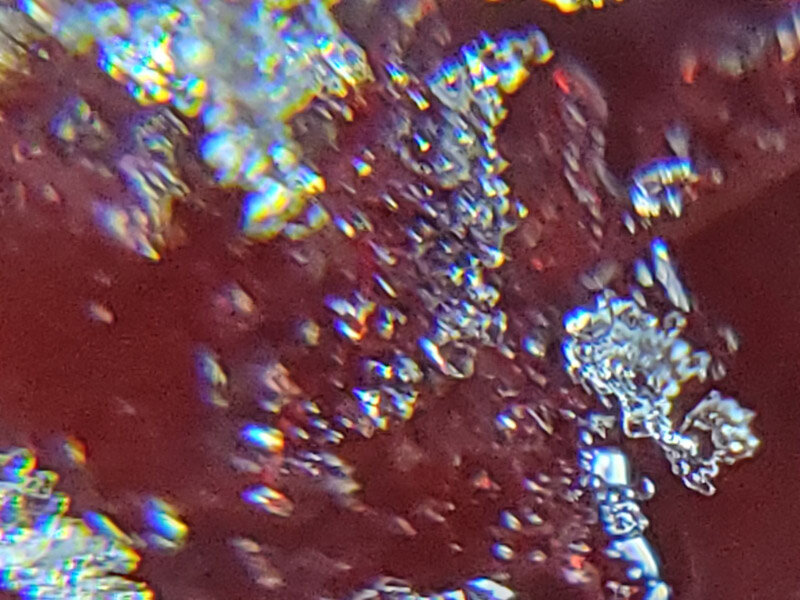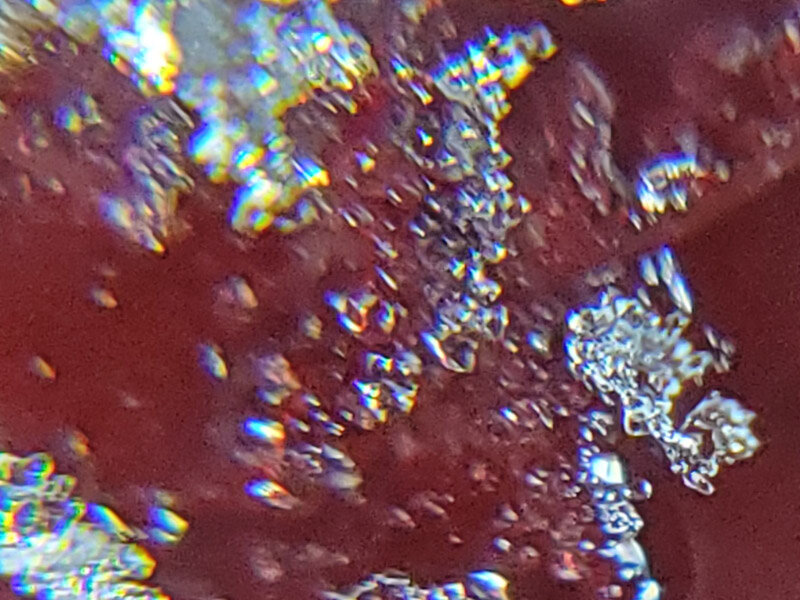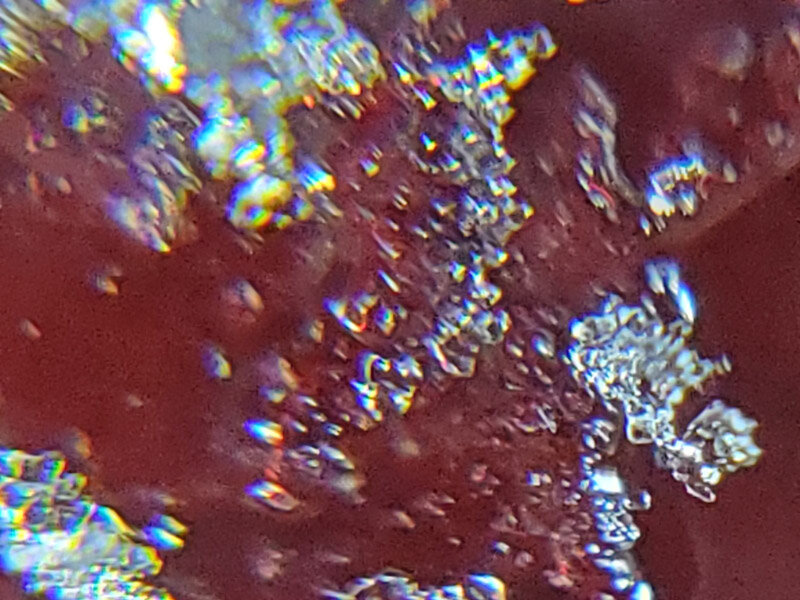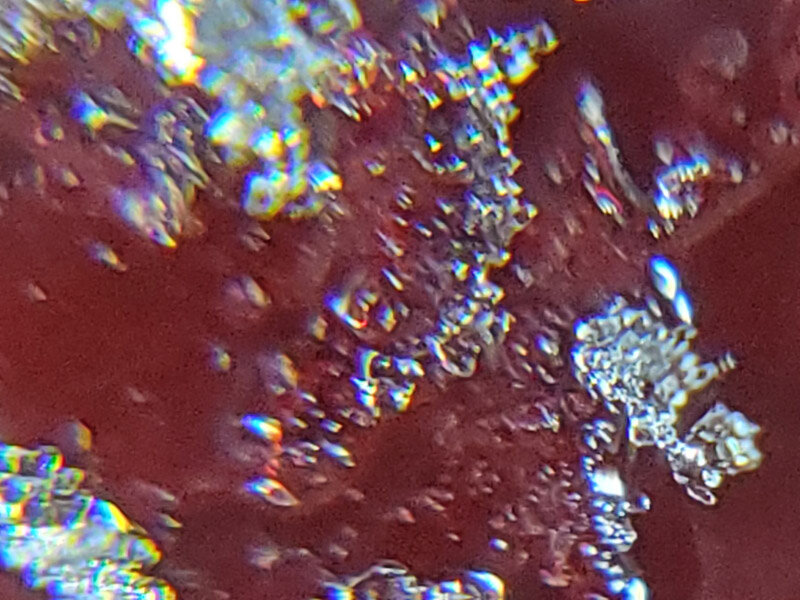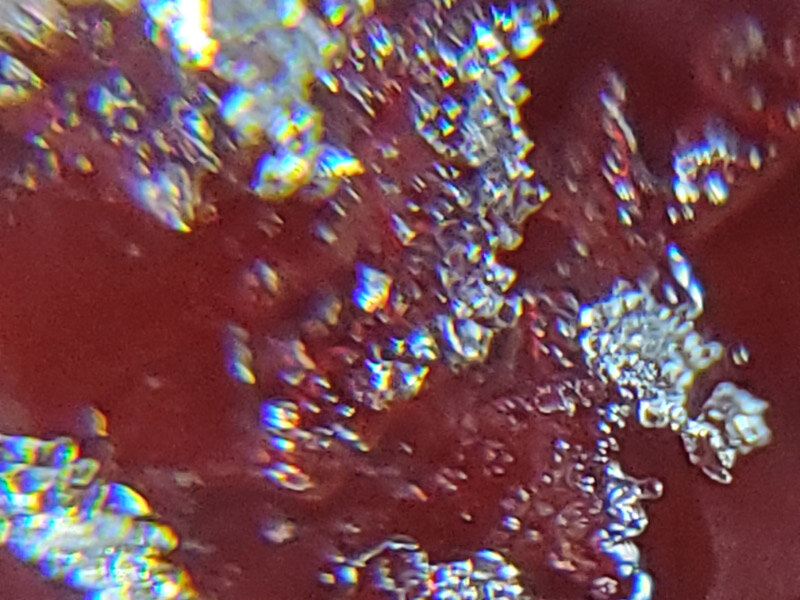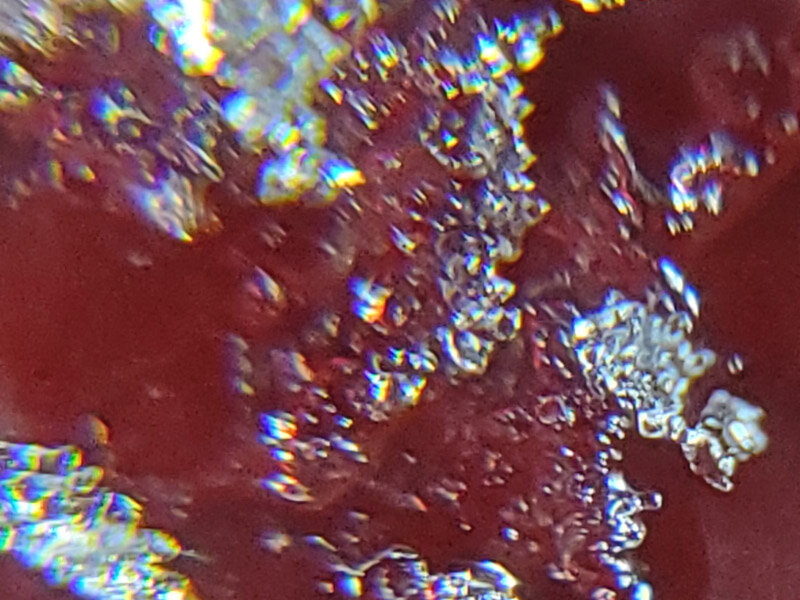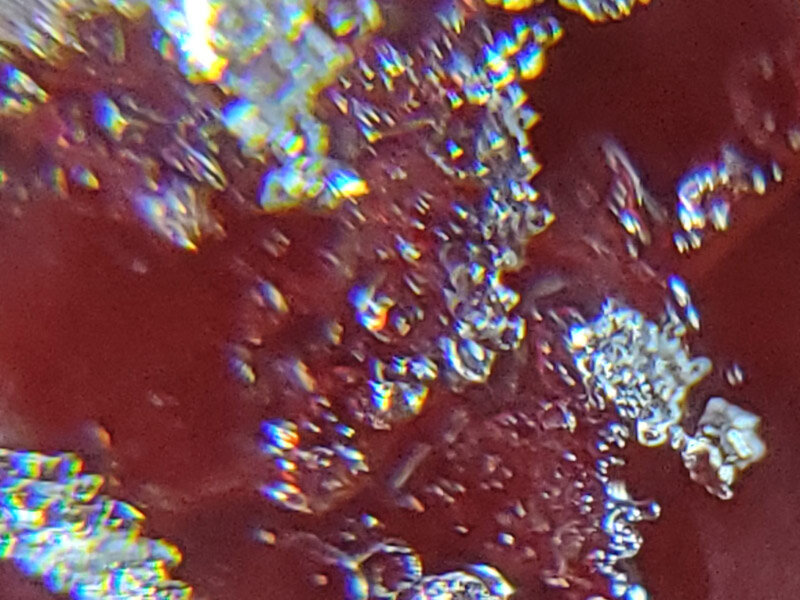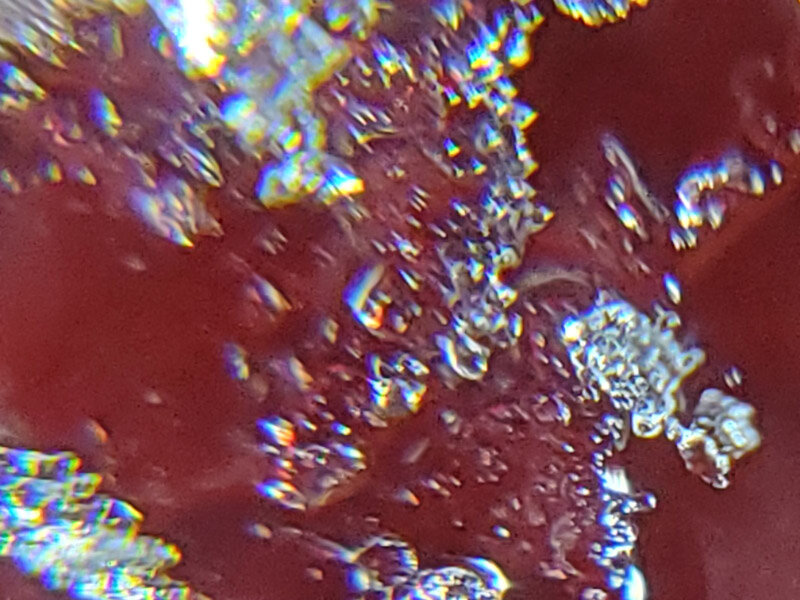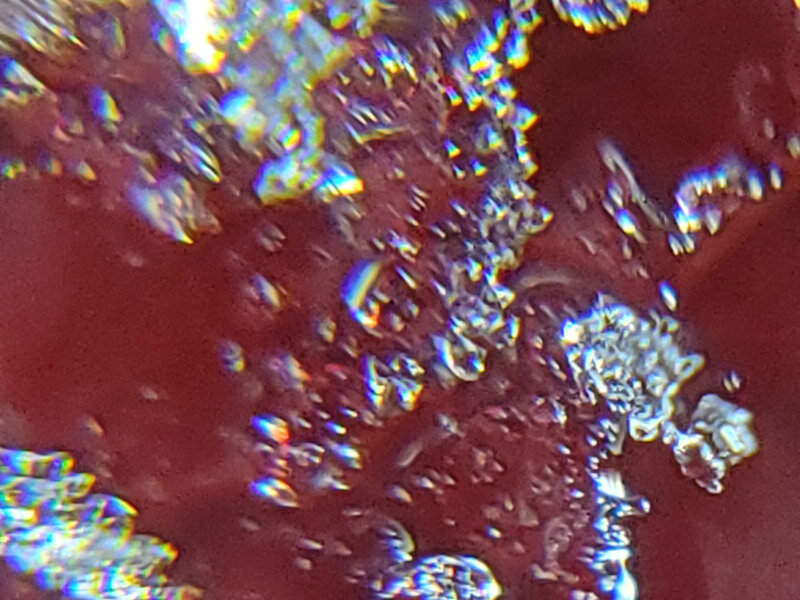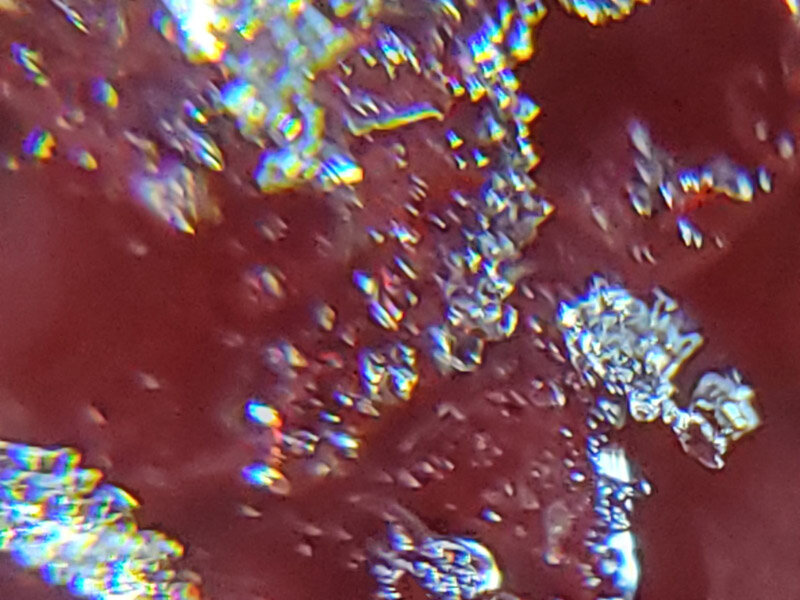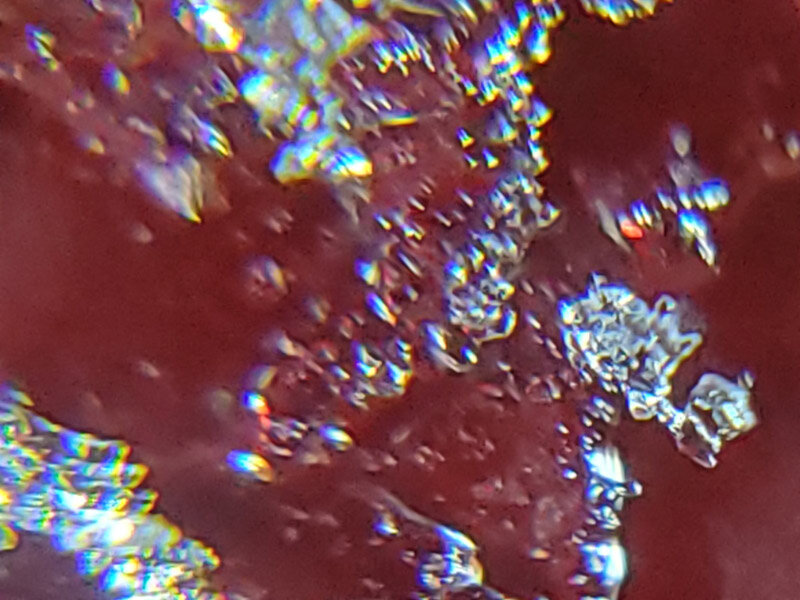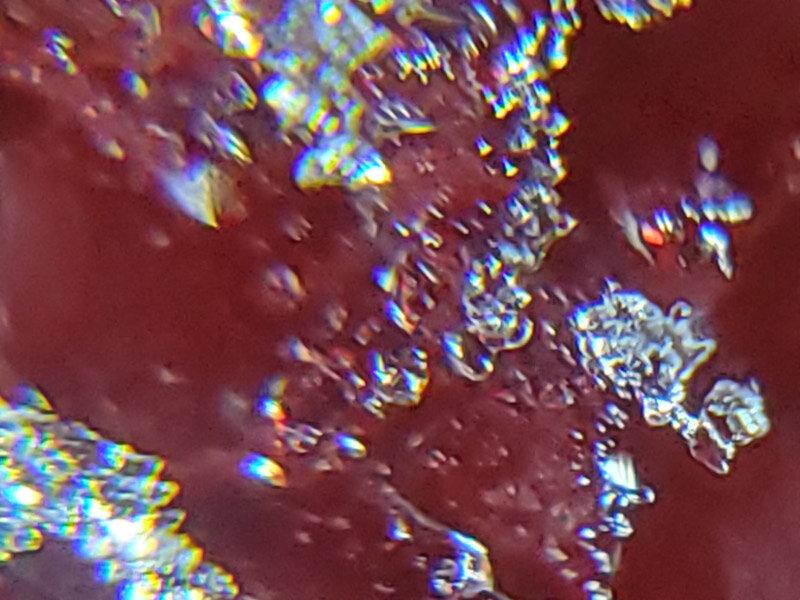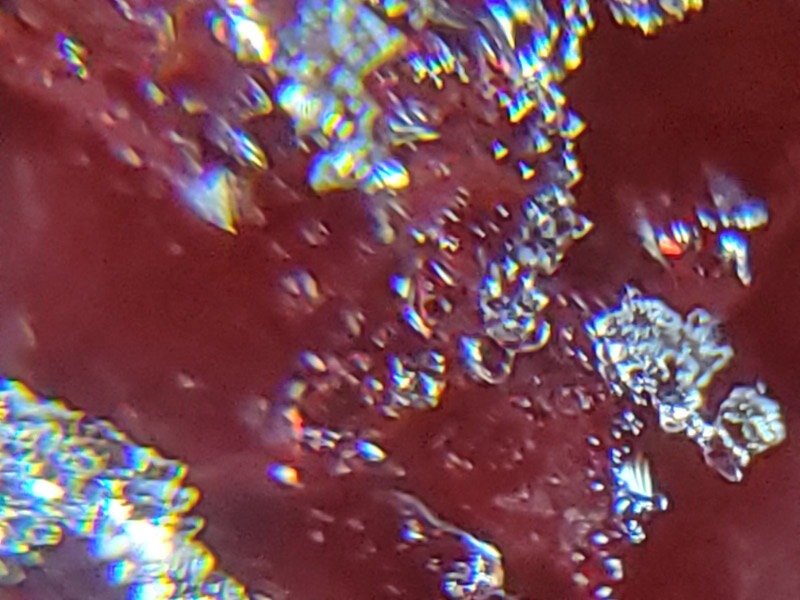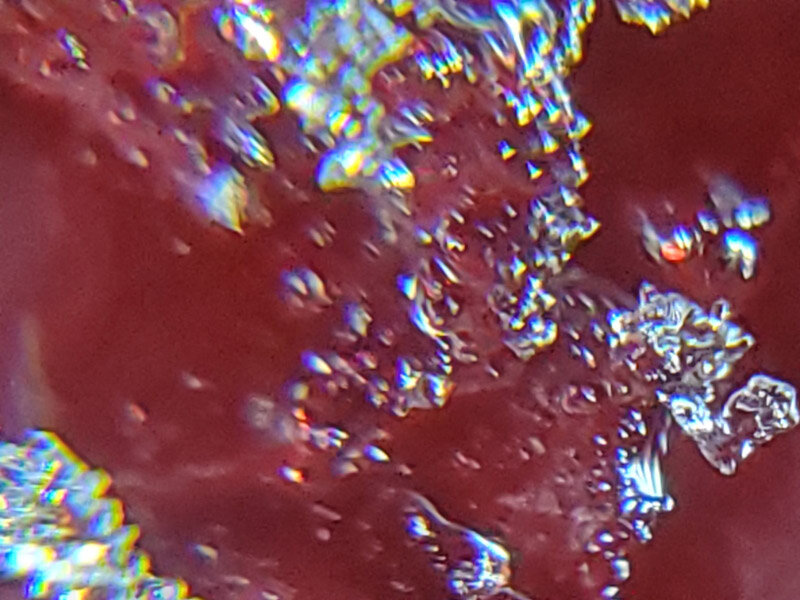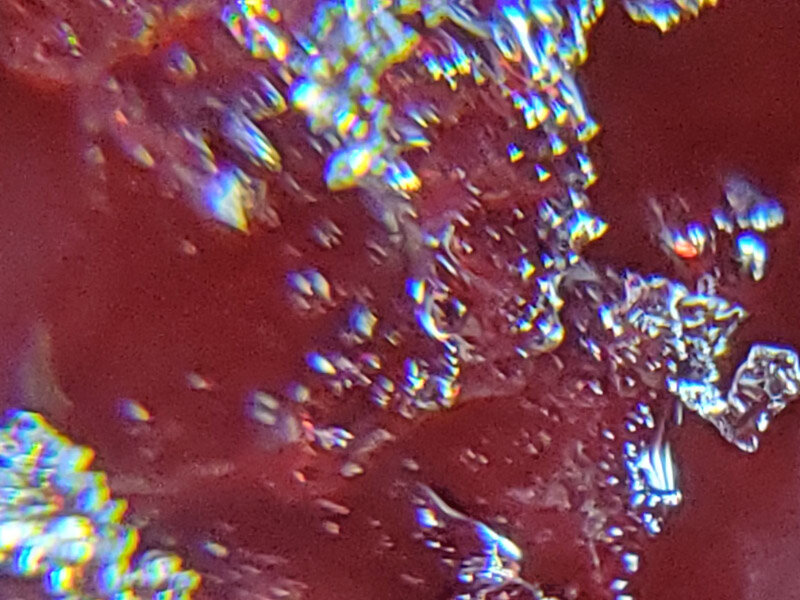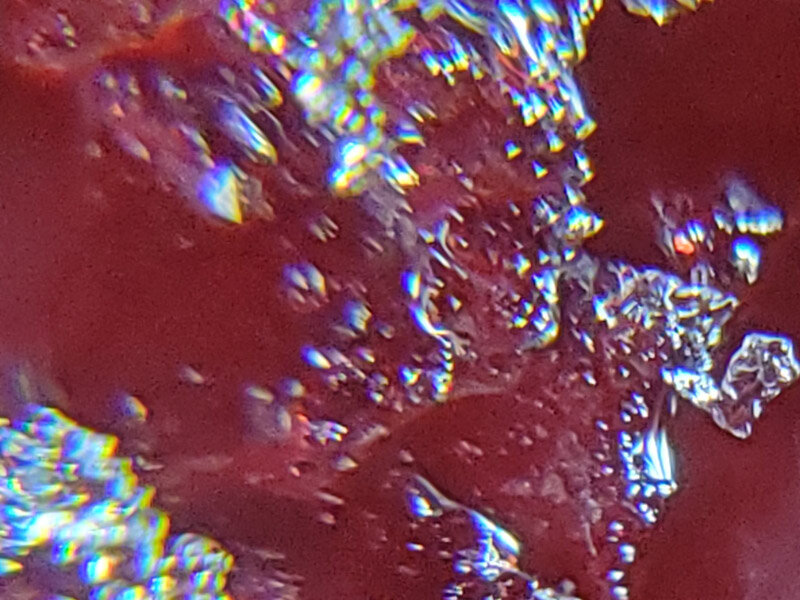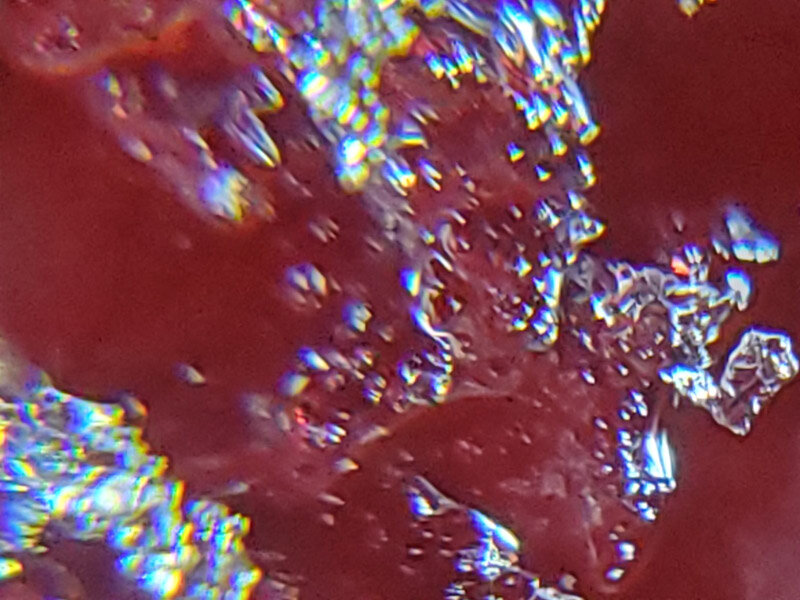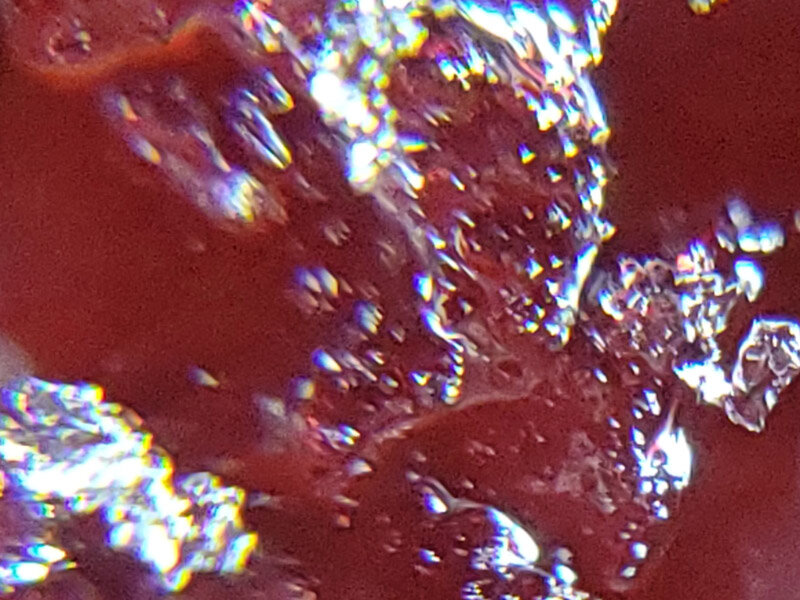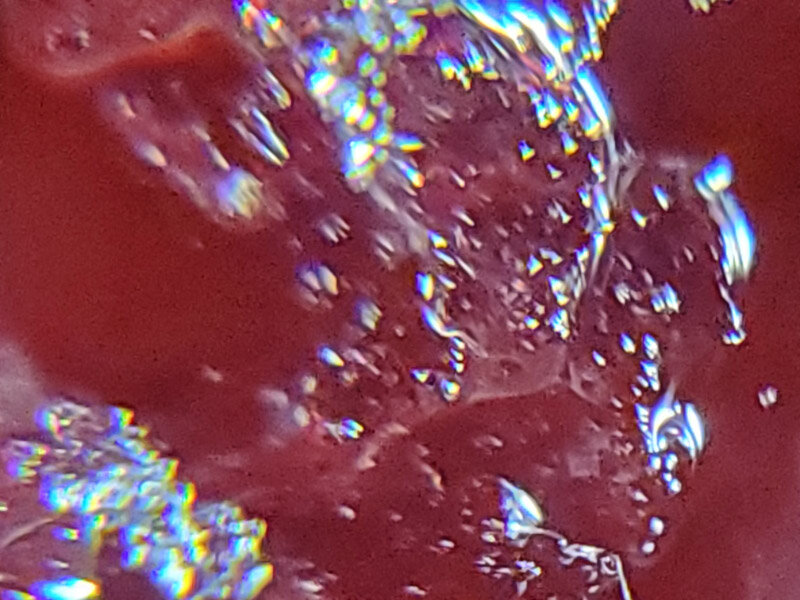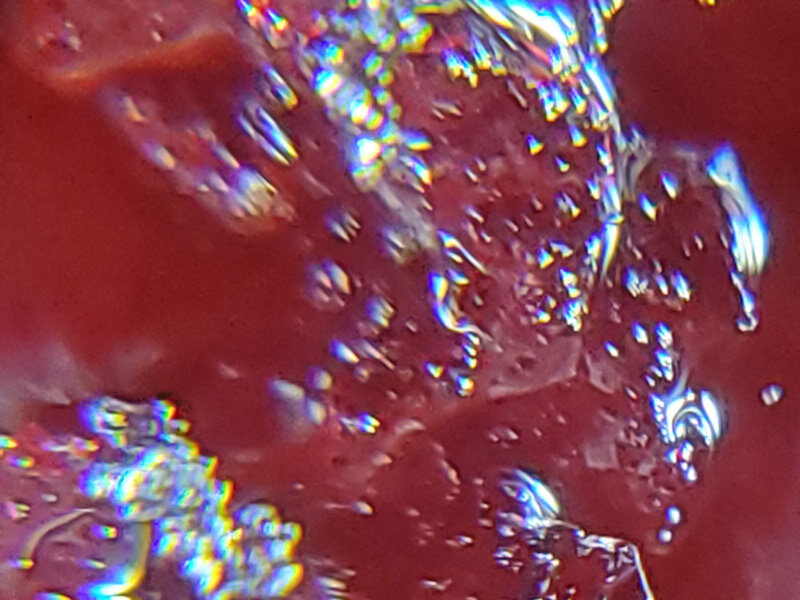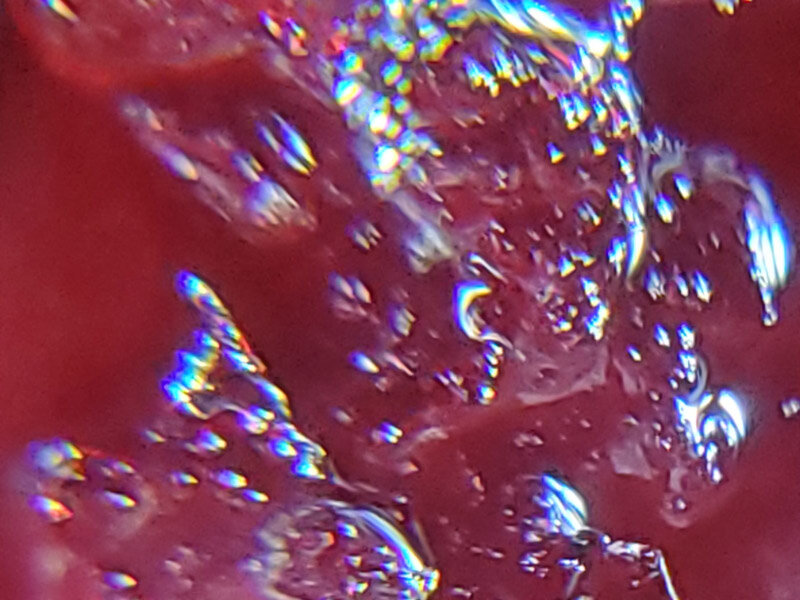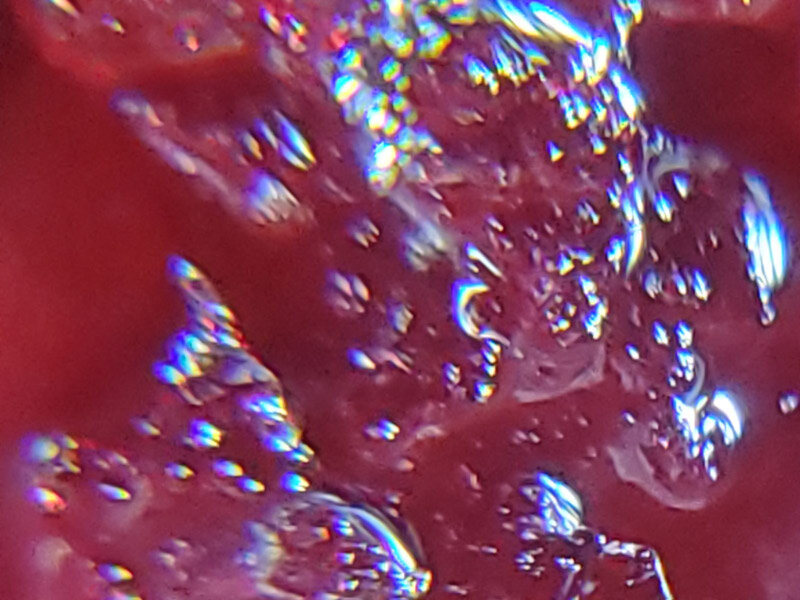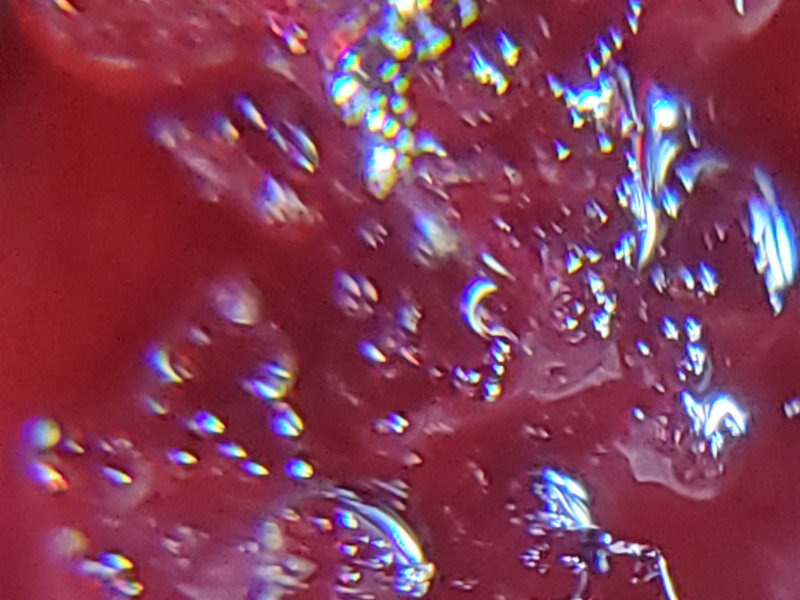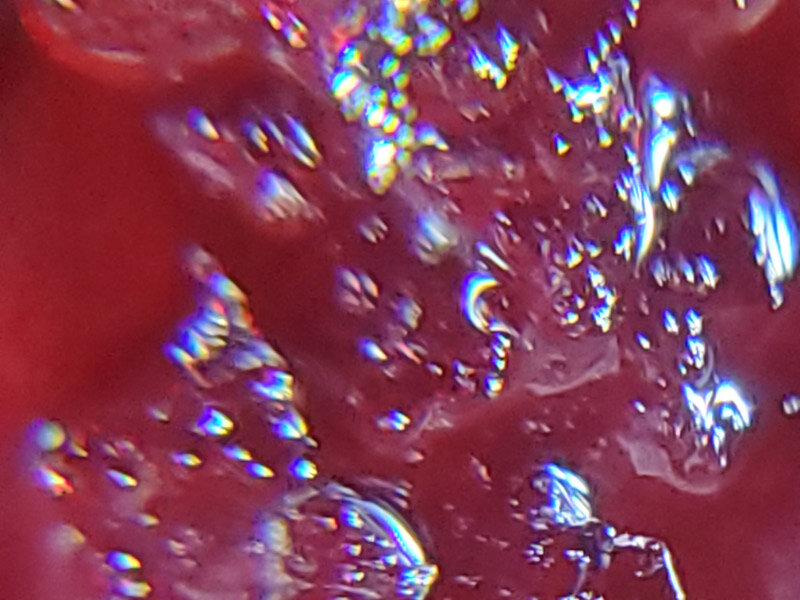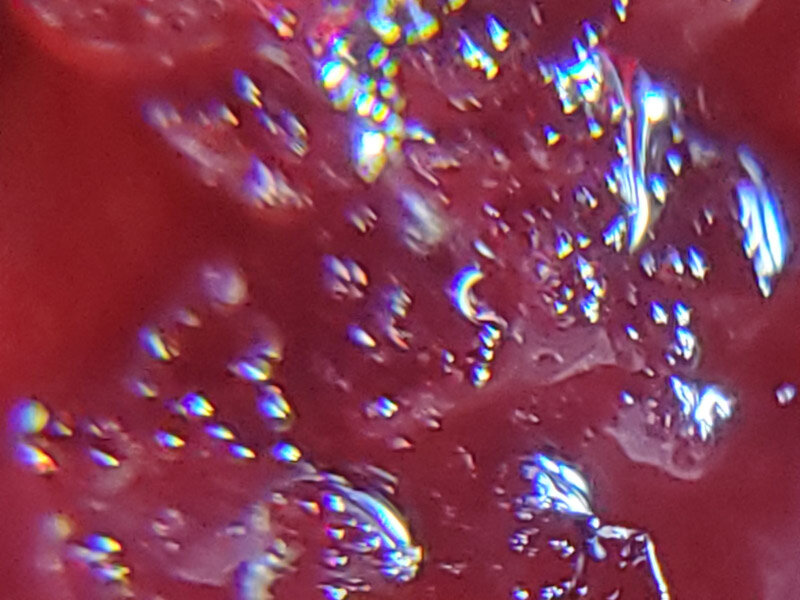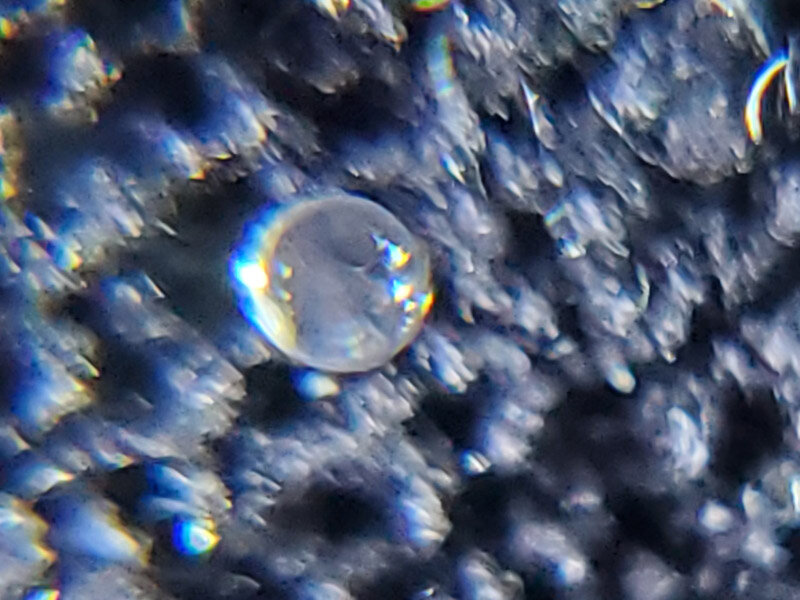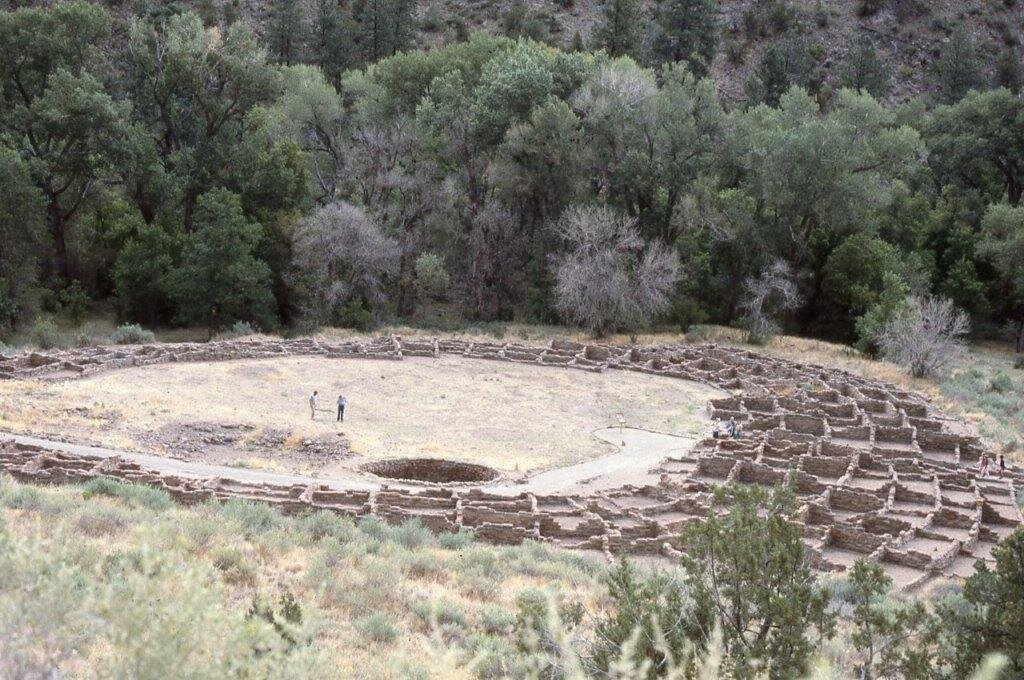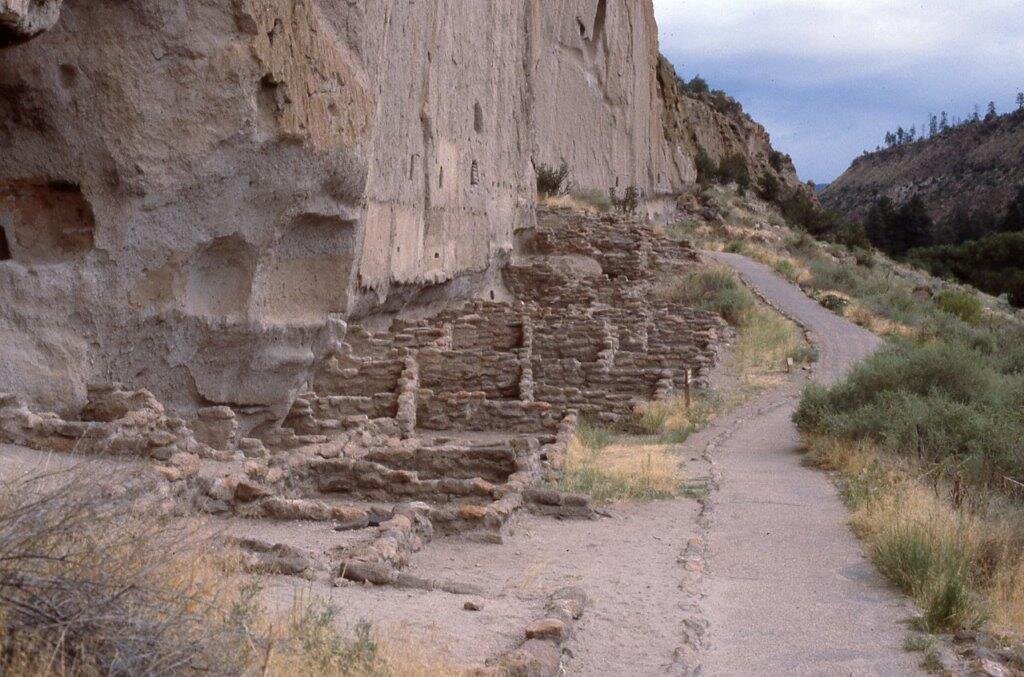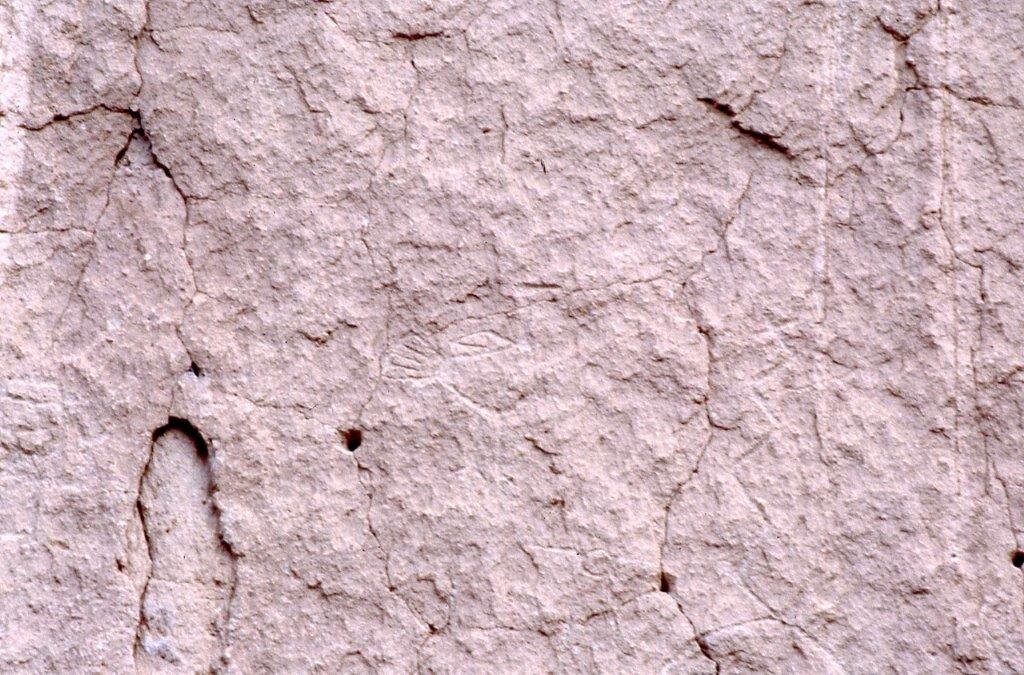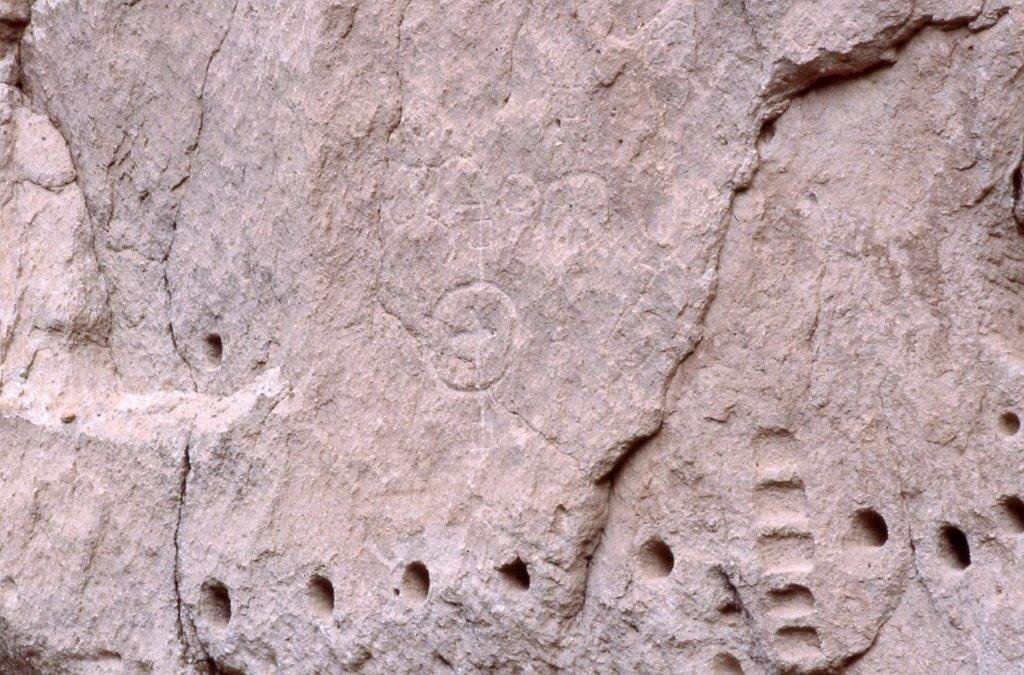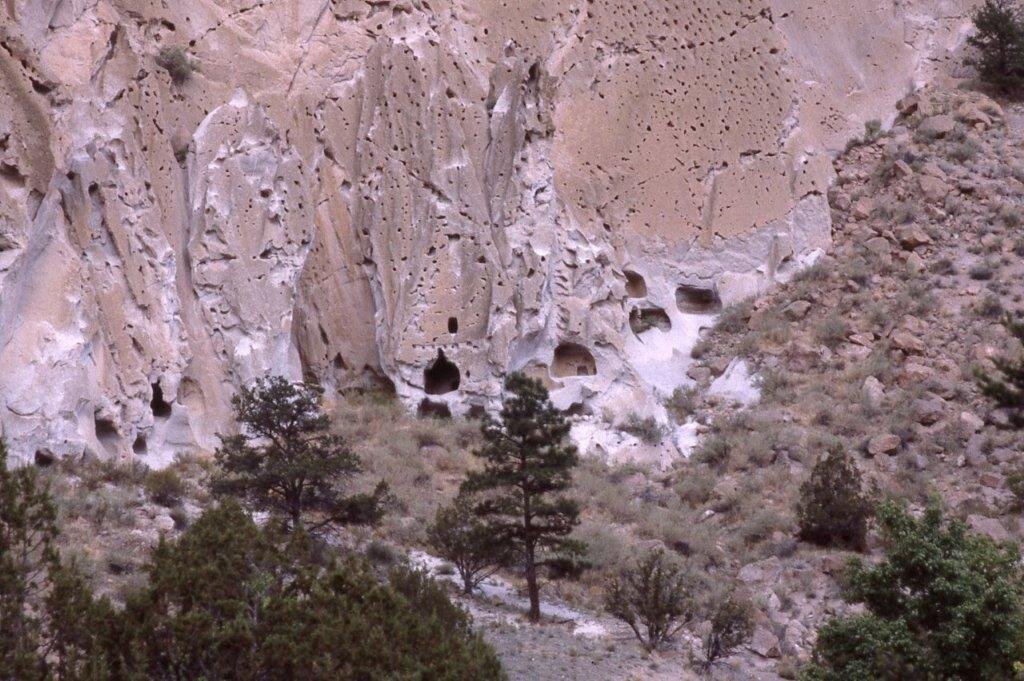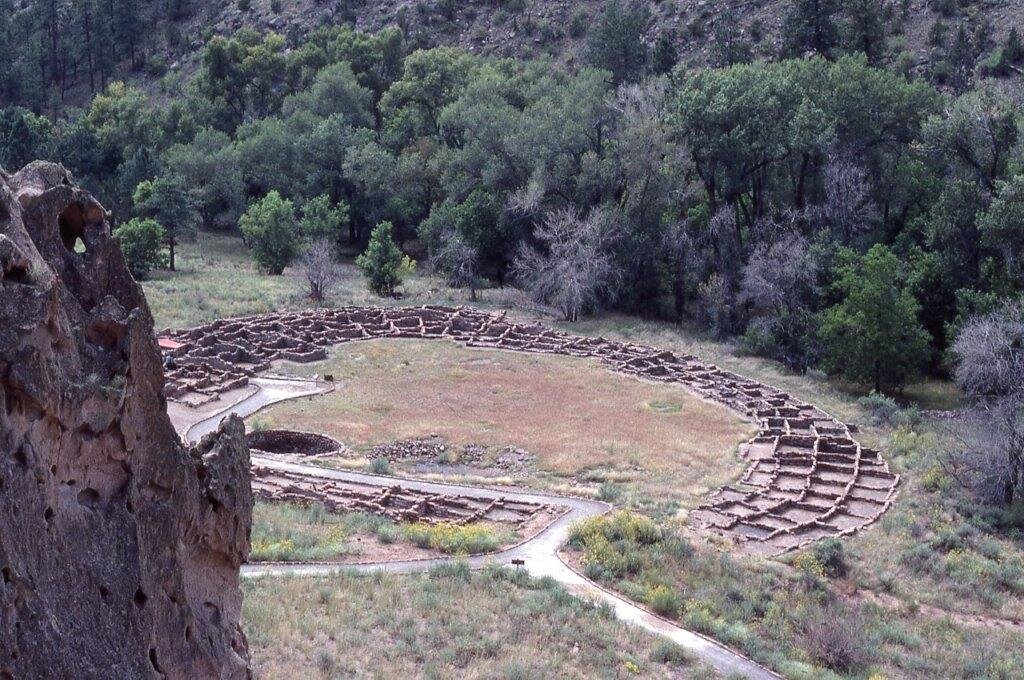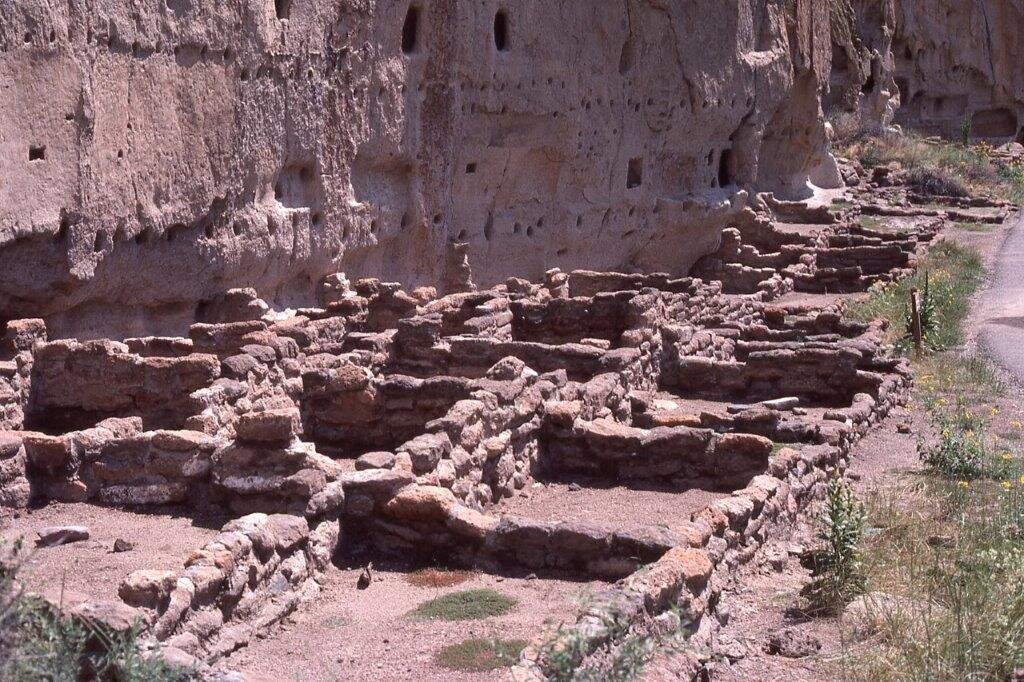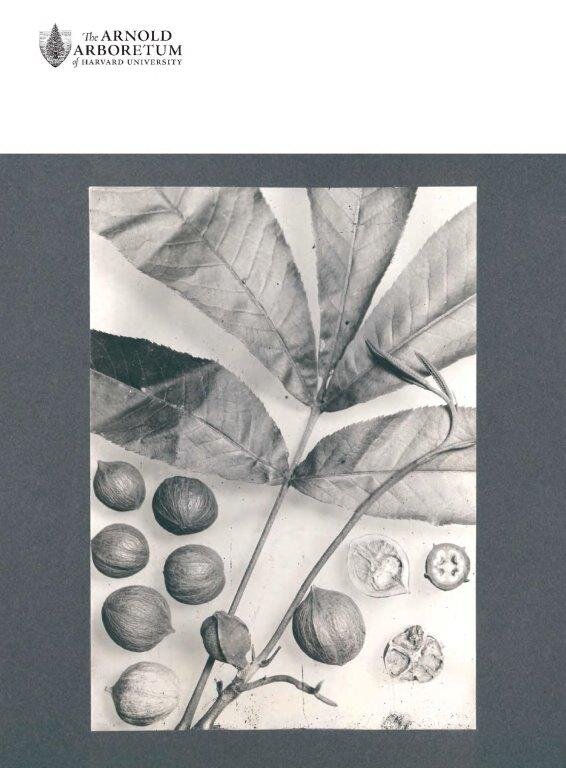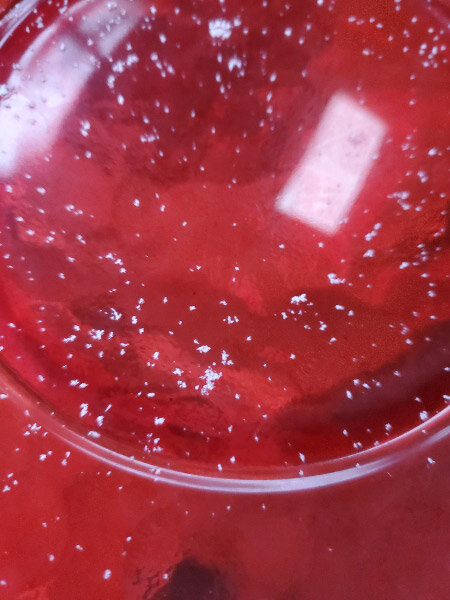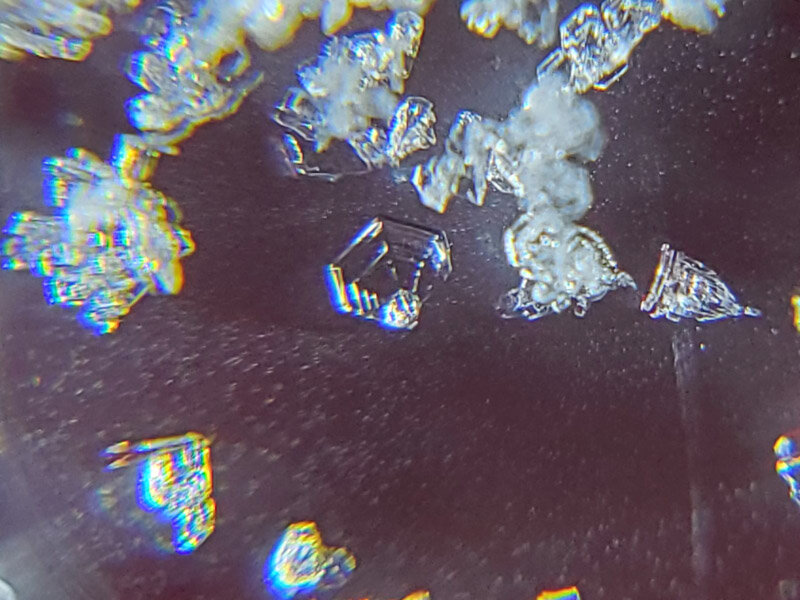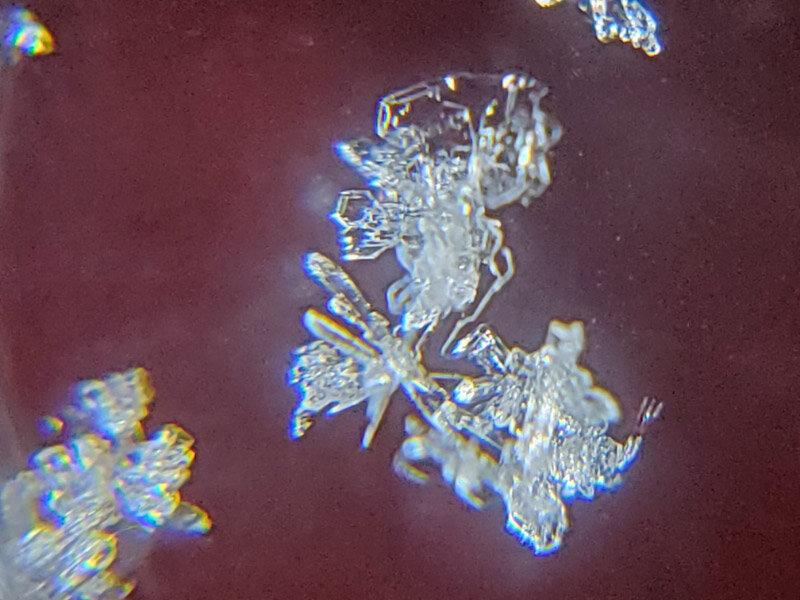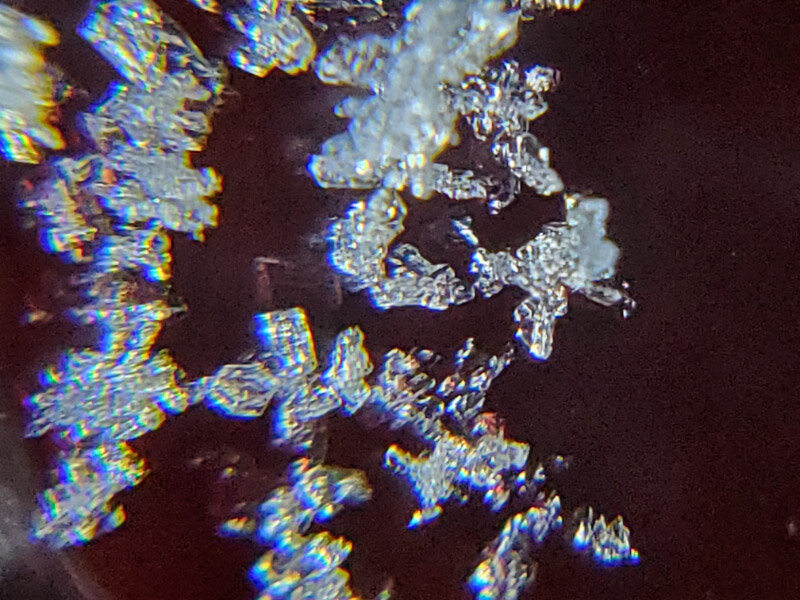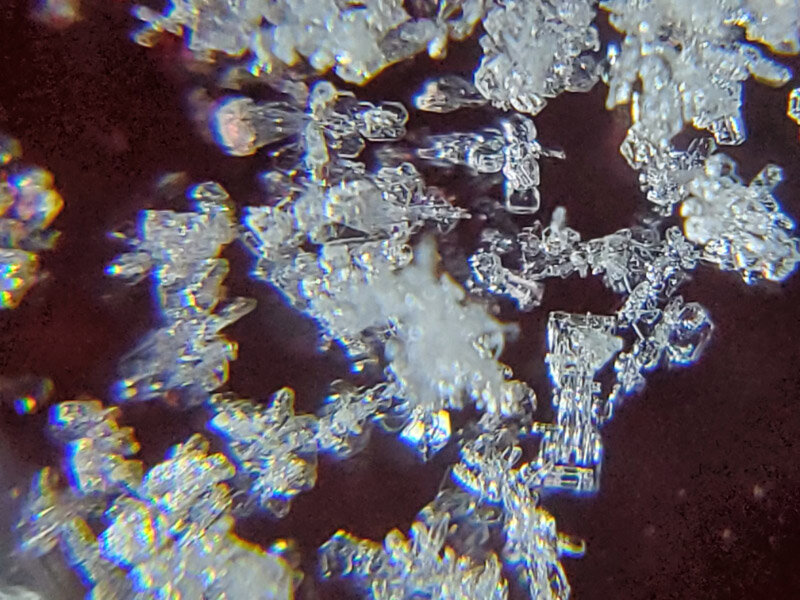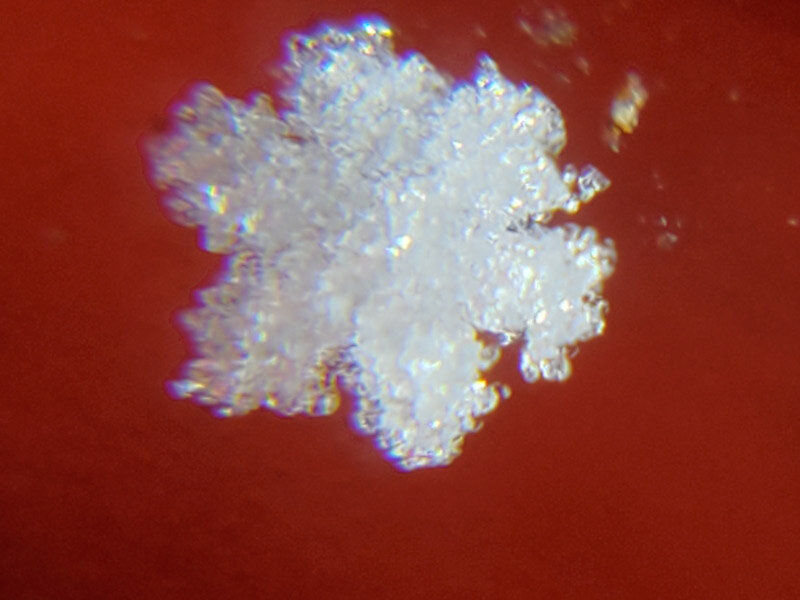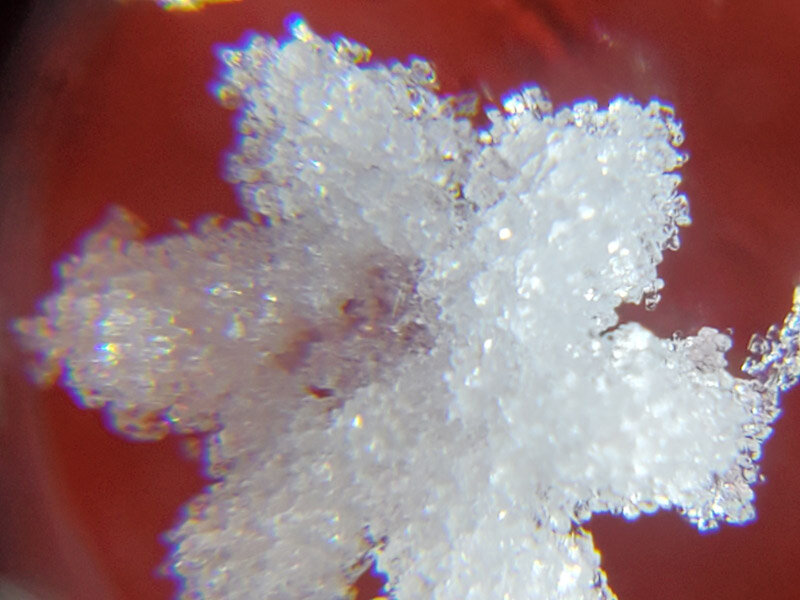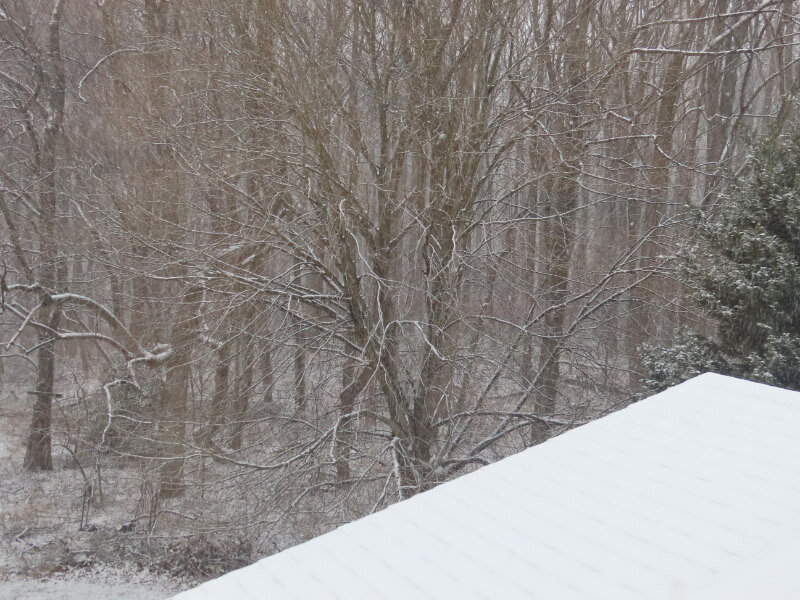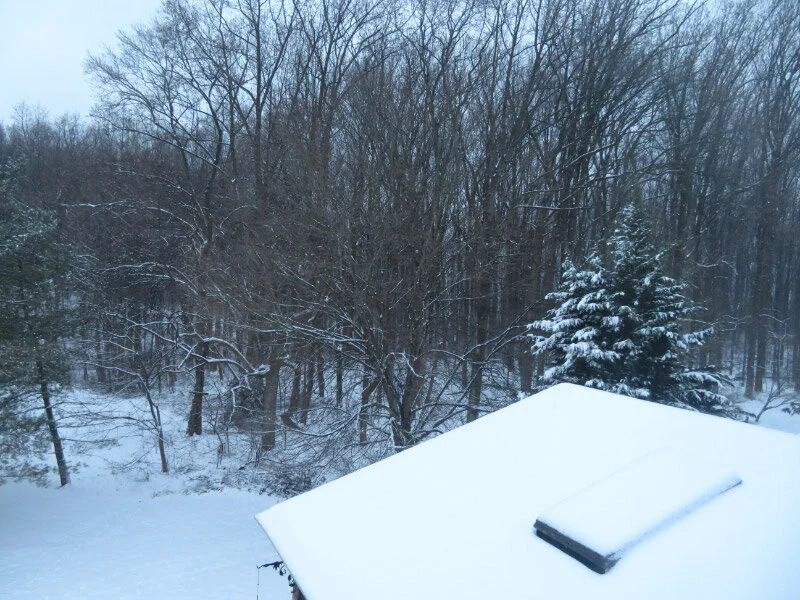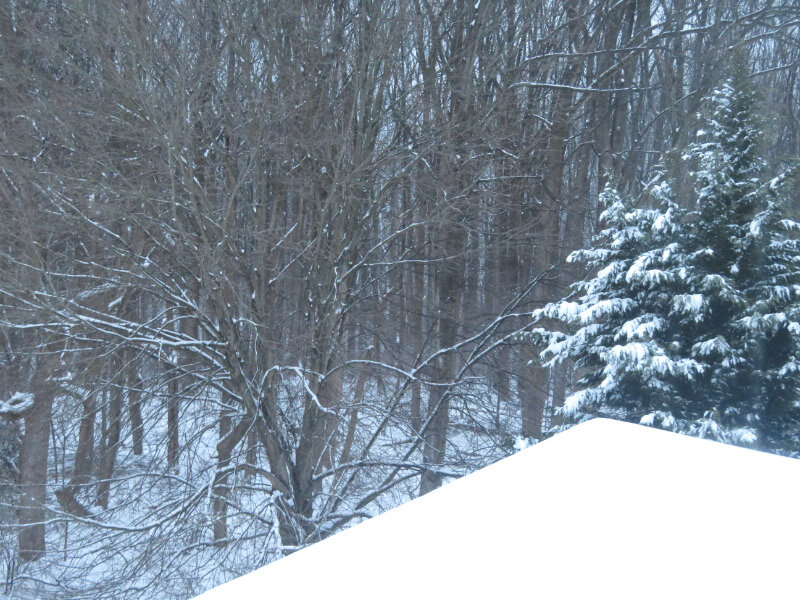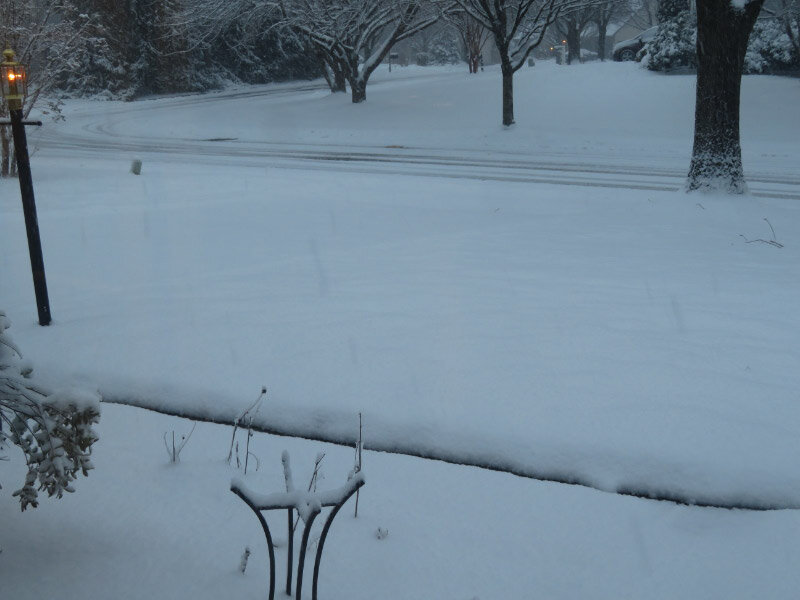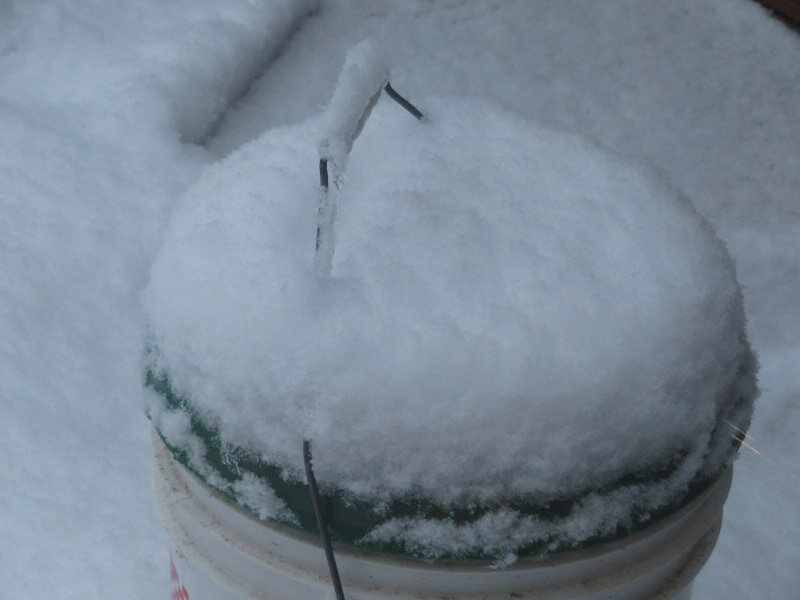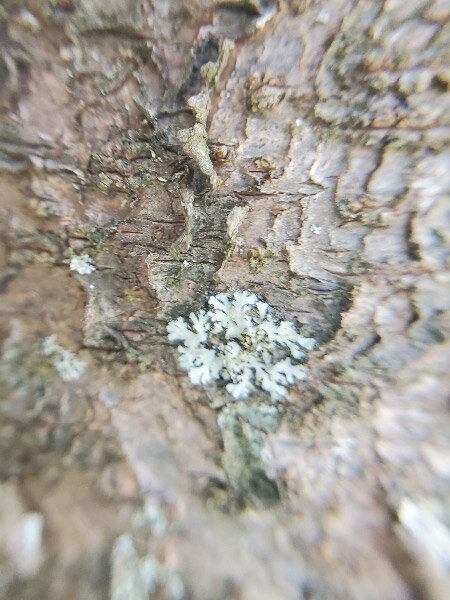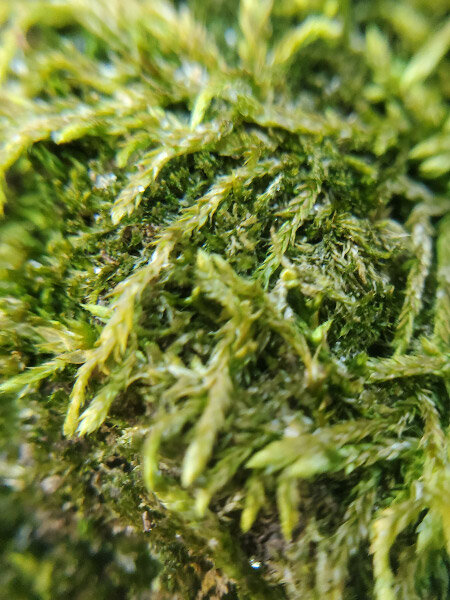Gleanings of the Week Ending March 13, 2021
/Spring is starting here in Maryland…we have a clump of crocus up and blooming in our front flower bed!
The items below were ‘the cream’ of the articles and websites I found this past week. Click on the light green text to look at the article.
Top 25 birds of the week: March 2021 – Starting off the gleanings for this with bird photographs. I found myself looking at eye color as I enjoyed this group of 25.
Satellite imagery shows northern California kelp forests have collapsed – I had read a story about this previously….but this article include visuals: satellite image and underwater images of what it look like before…and the urchin barrens that are there today.
Kauri trees mark magnetic flip 42,000 years ago | Science – Analysis of a tree preserved in a bog. It lived during the Laschamp Excursion (the last time the poles flipped) The climate instability lasted about 500 years.
Giving Wildlife Room to Roam in the Face of Climate Change – The importance on microhabitats in wildlife conservation particularly as climate changes.
Small Particulates From Burning Fossil Fuels Kills 8.7 Million People Each Year – And this is a form of pollution no one escapes….unless you choose to live in an enclosed and continuously filtered environment (like on an planet that does not support life as we know it). Right now, there are areas outside cities that have lower levels of the small particles in their air but eventually the continued increase in particles and circulation within the atmosphere will spread the ever increasing particles over the entire planet.
Even for Solitary Squirrels, It’s Better to Know the Neighbors – Red squirrels that have the same neighbors year after year…live longer! The study was done in a remote area of Canada over 22 years.
Thanks to Etsy, You Can Now Purchase a Gee's Bend Quilt Online for the First Time | Smart News | Smithsonian Magazine – Folk art…museums…and a modern outlet to improve the artists’ ability to sell their work.
There’s a Koala in the Backyard – A description of what it’s like to have a koala in a tree near homes – serenading.
Geologists Share Their Concerns With Drilling For Oil In Big Cypress – Hopefully the project will not move forward….a national preserve should prioritize the natural environment, not the degradation or destruction of it.
Eight ways chemical pollutant harm the body – From Columbia University’s Mailman School of Public Health: oxidative stress and inflammation, genomic alterations and mutations, epigenetic alterations, mitochondrial dysfunction, endocrine disruption, altered intercellular communication, altered microbiome communities, and impaired nervous system function.










